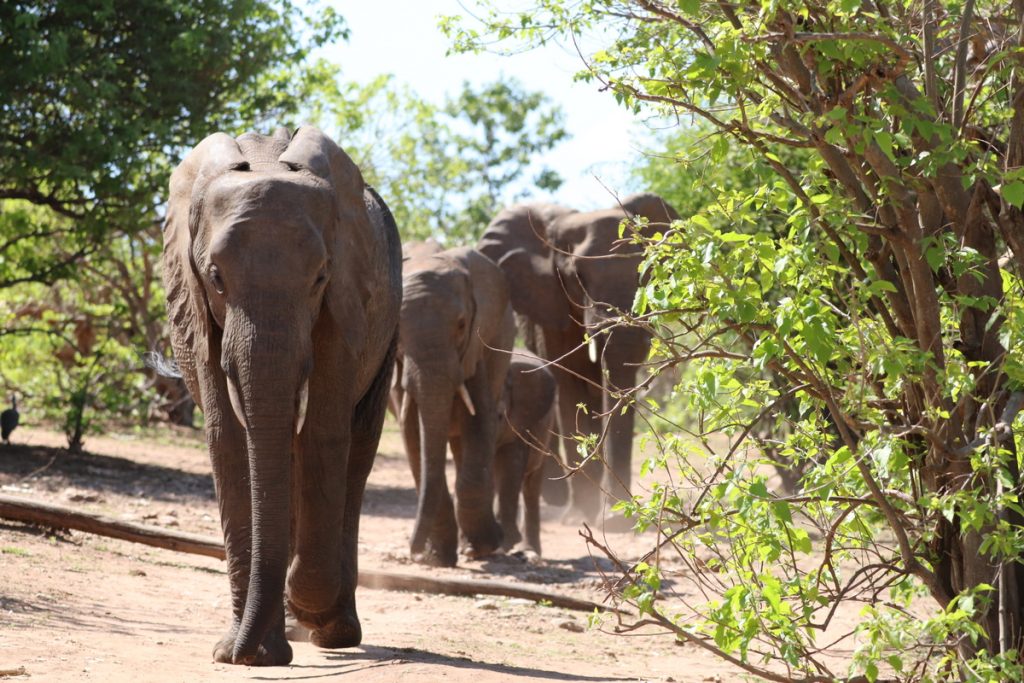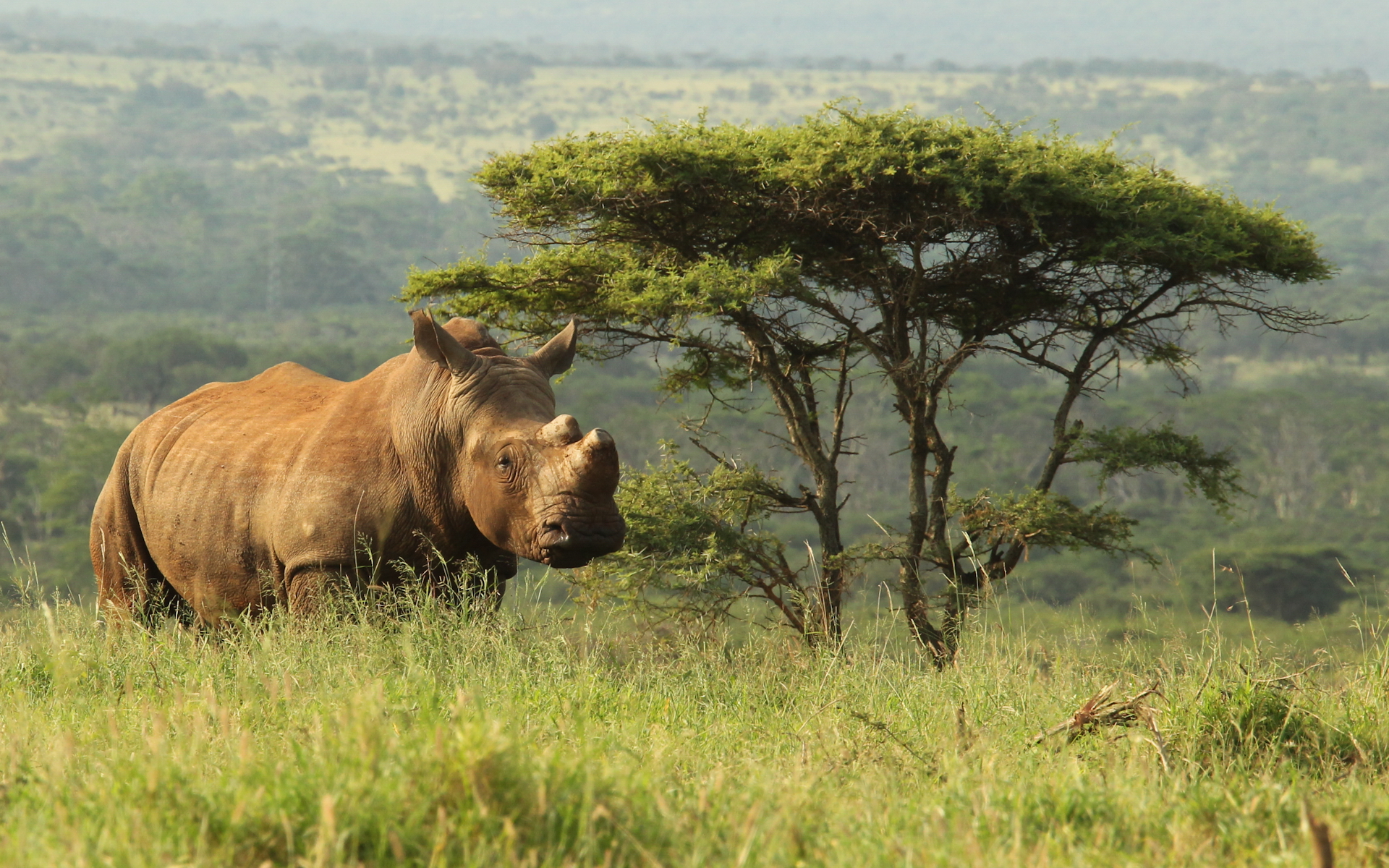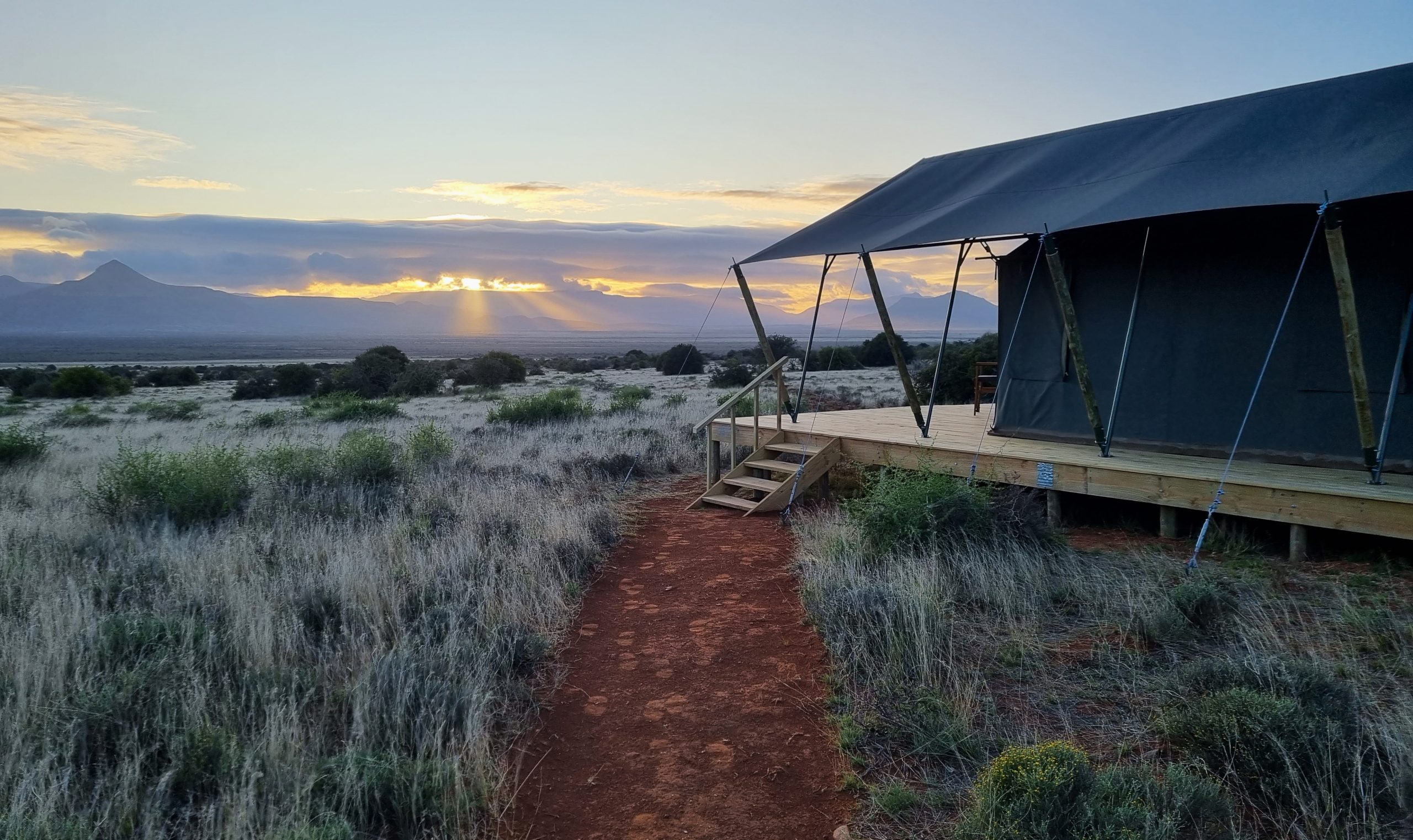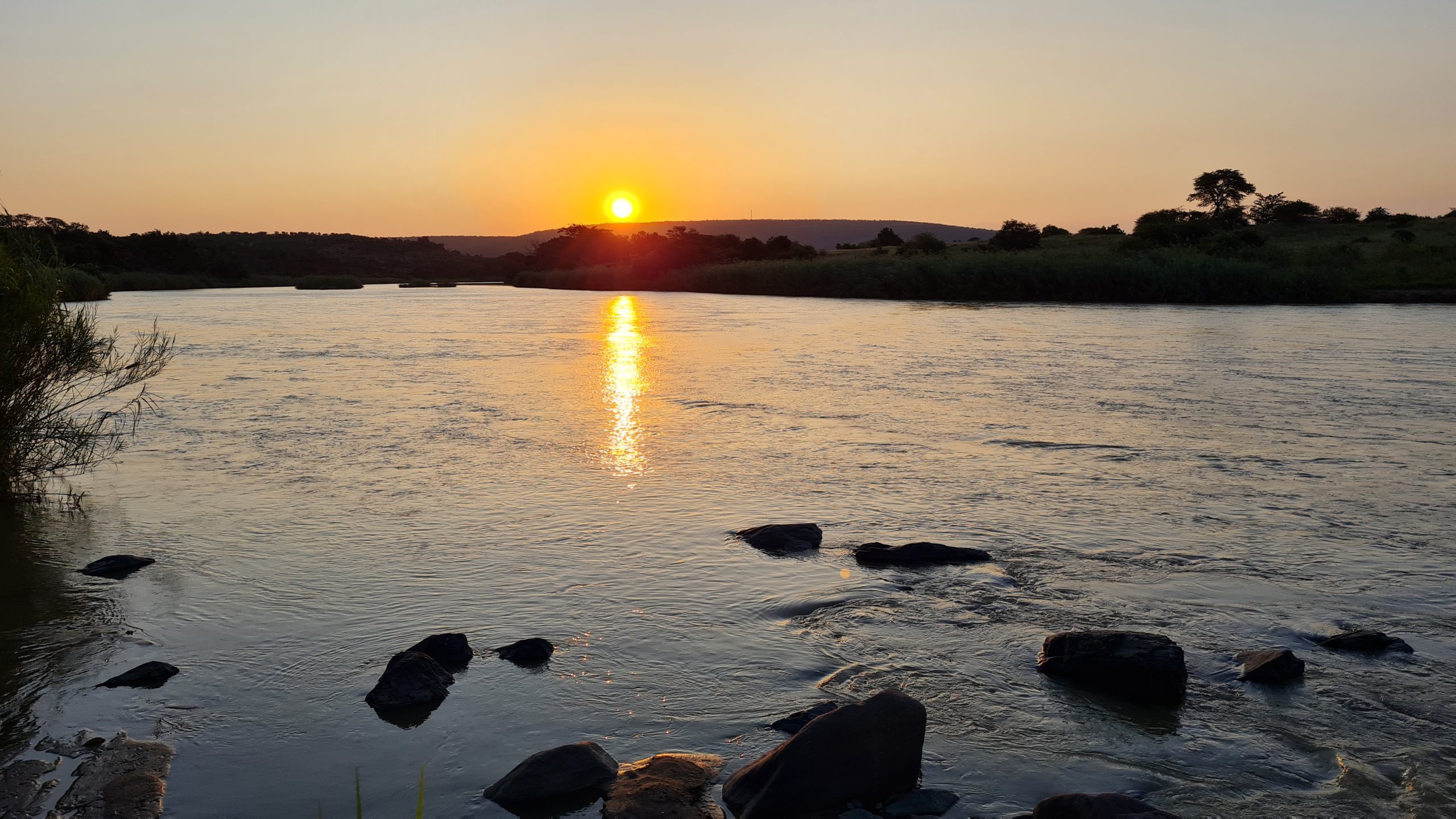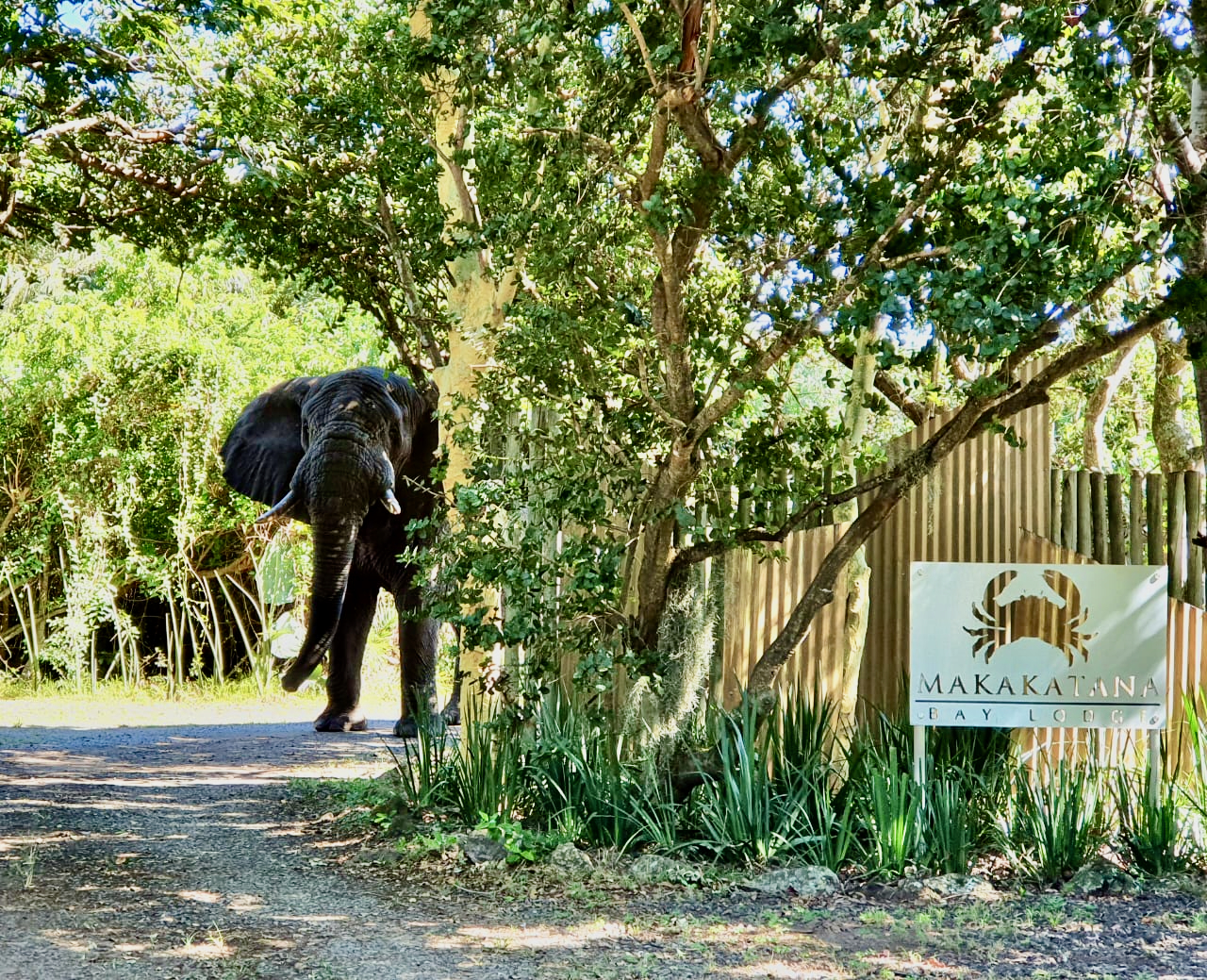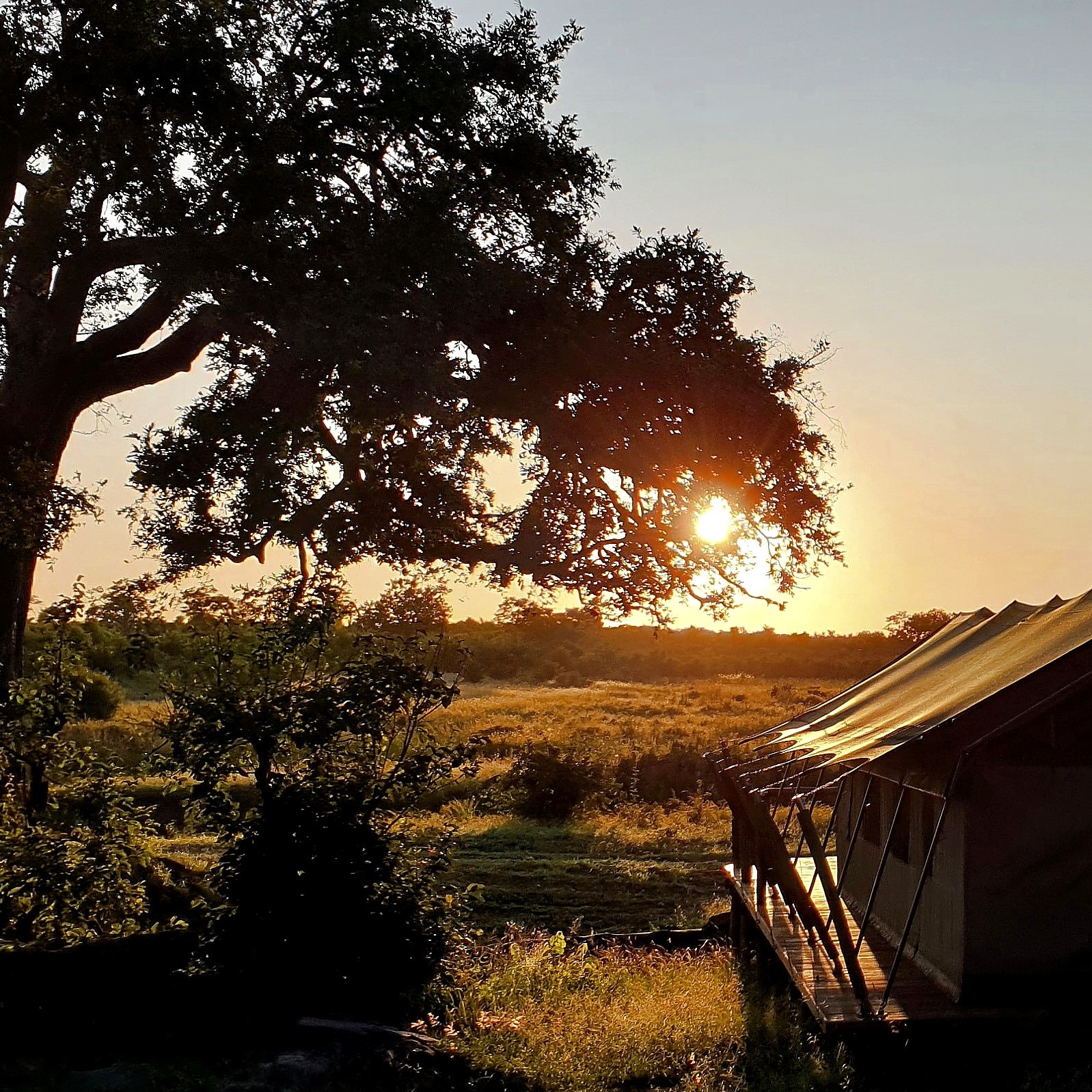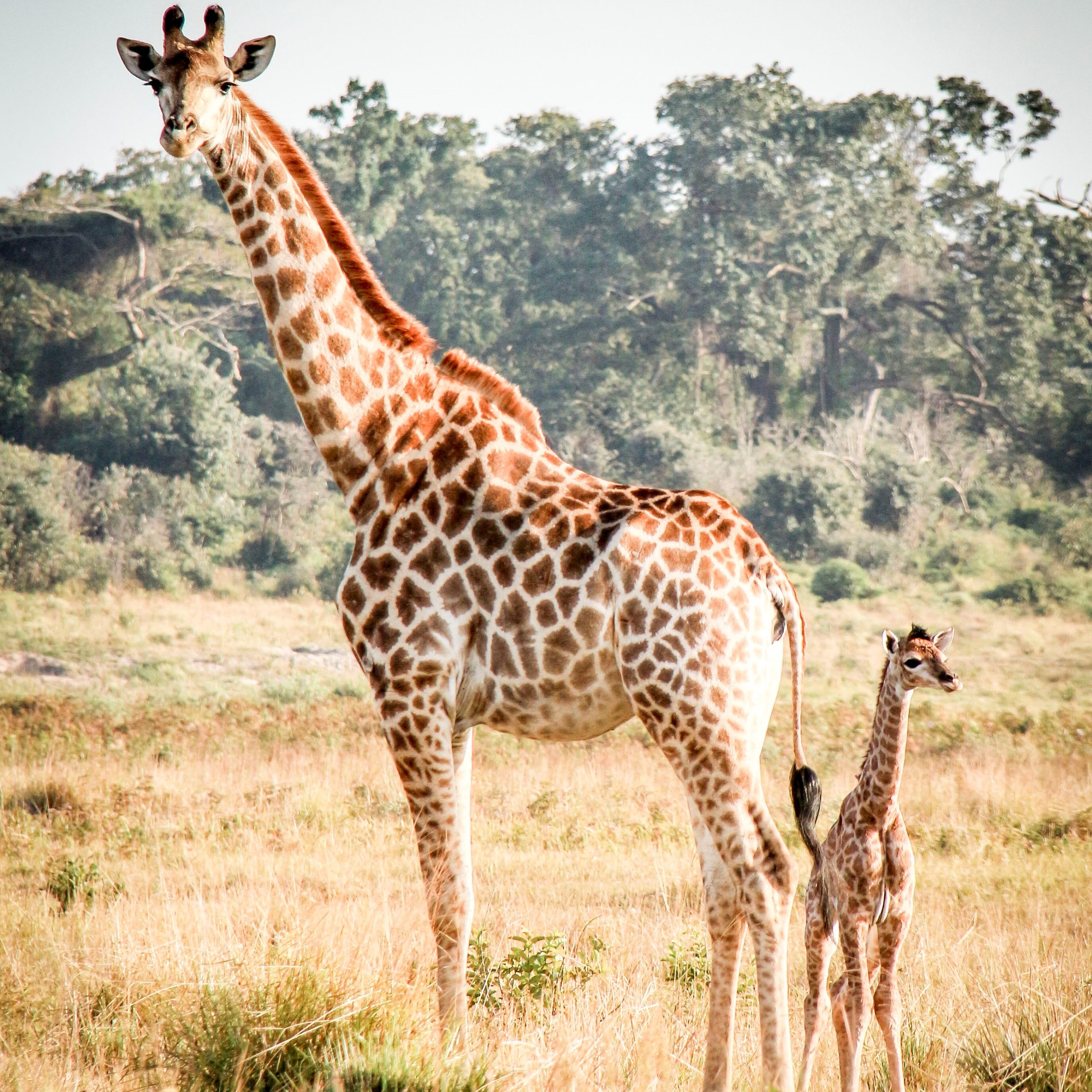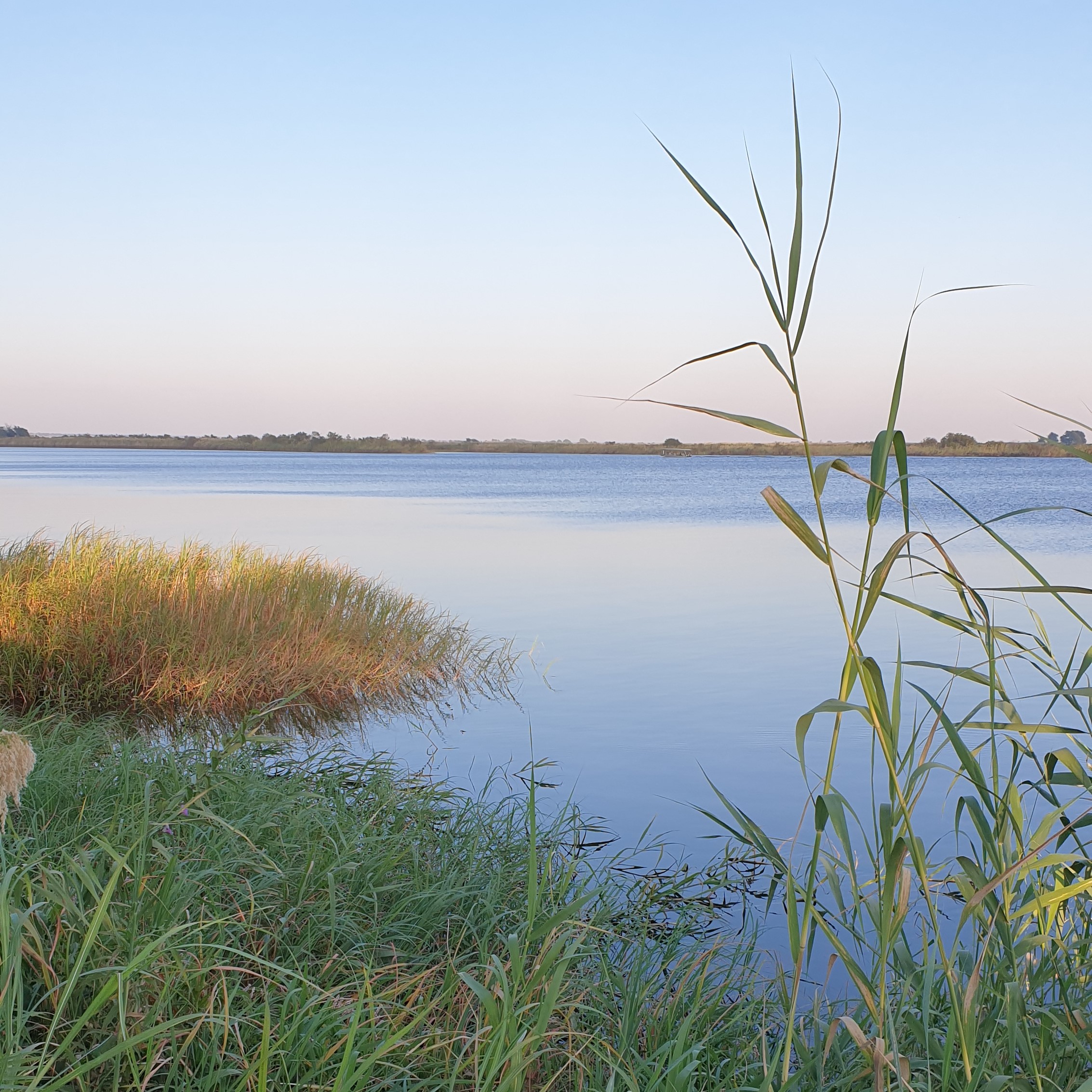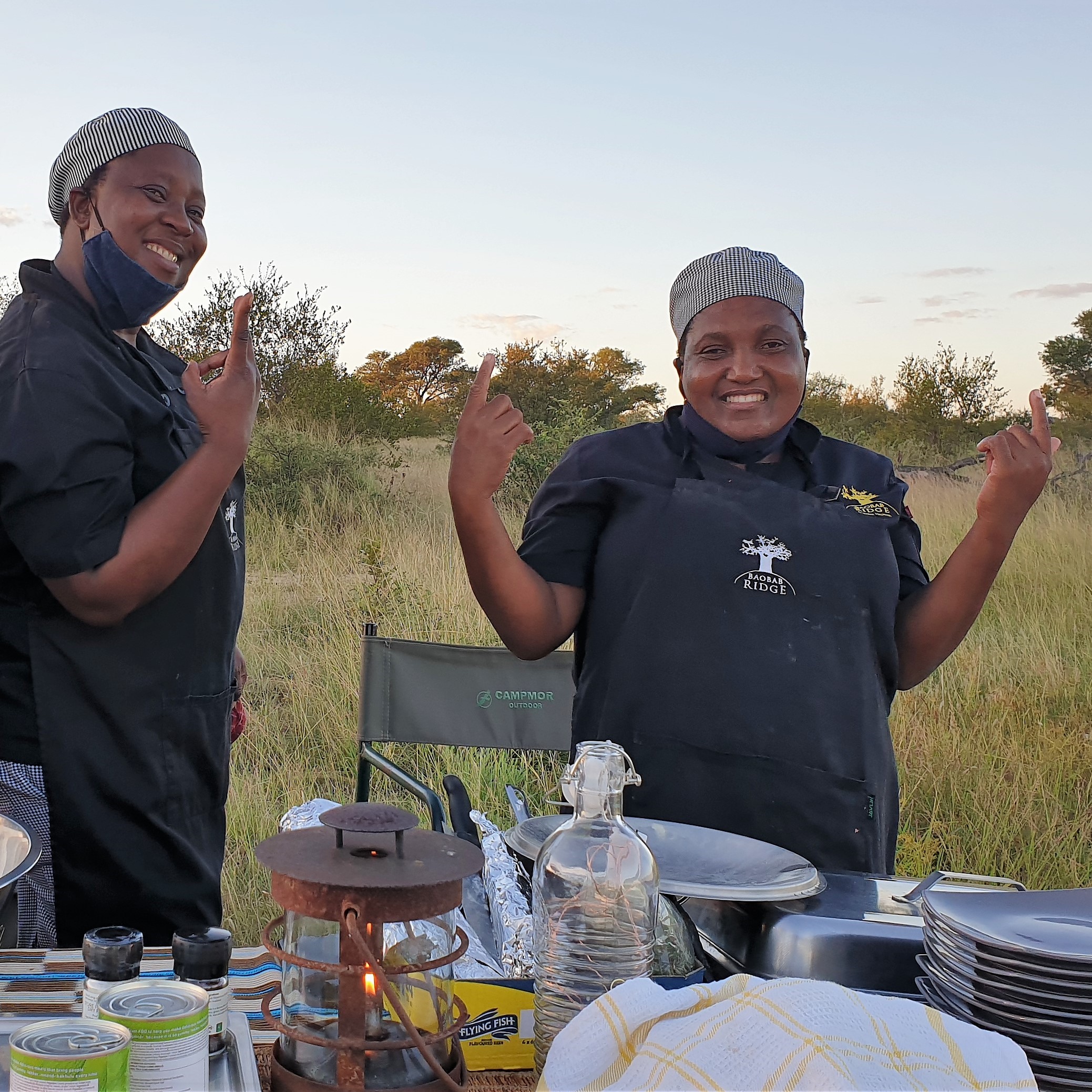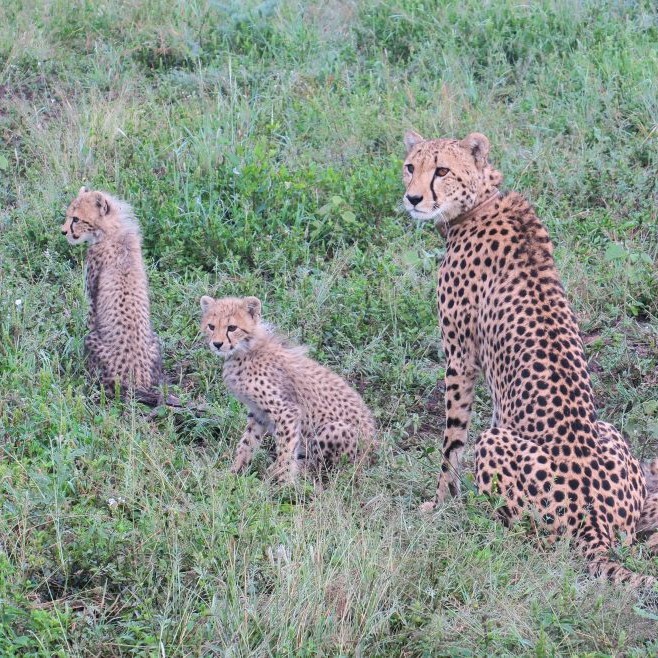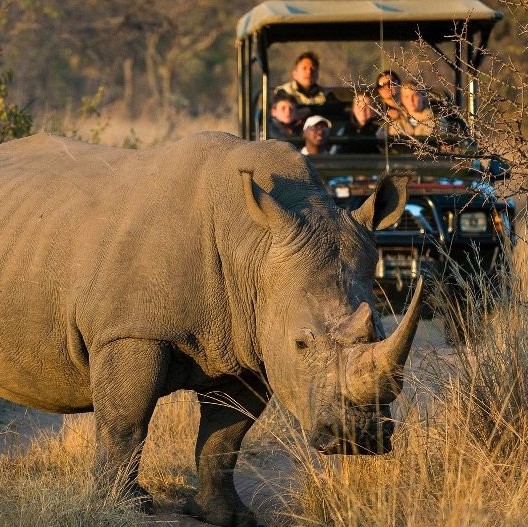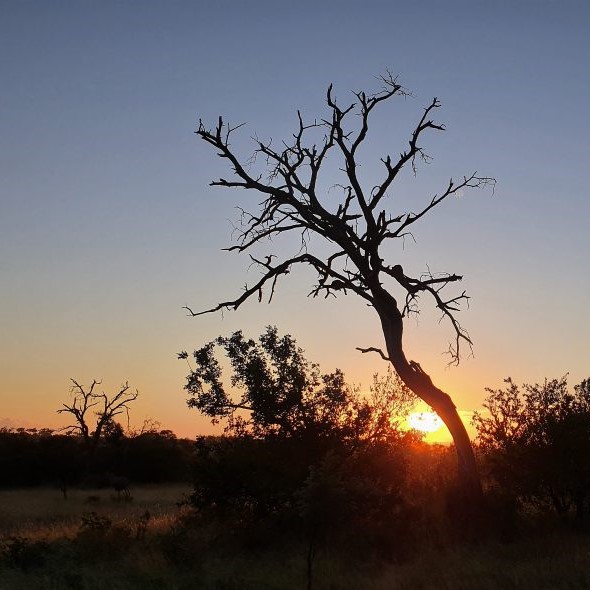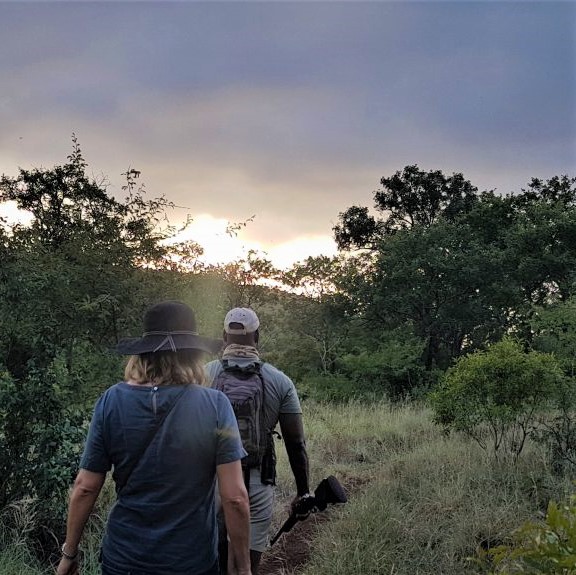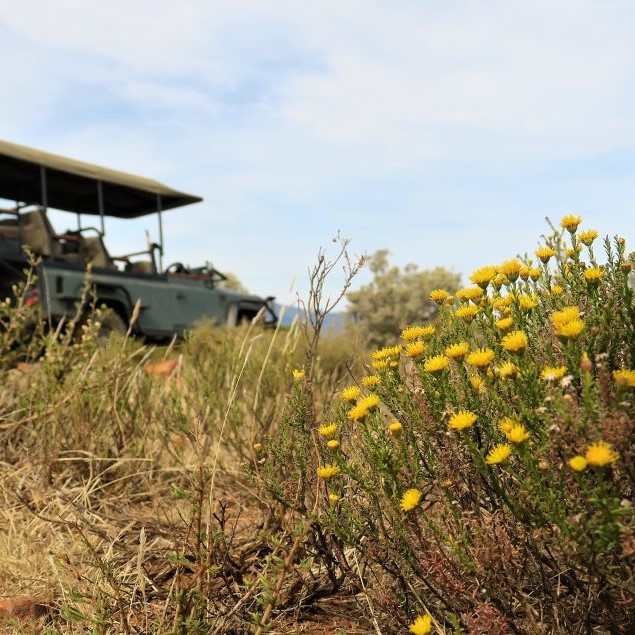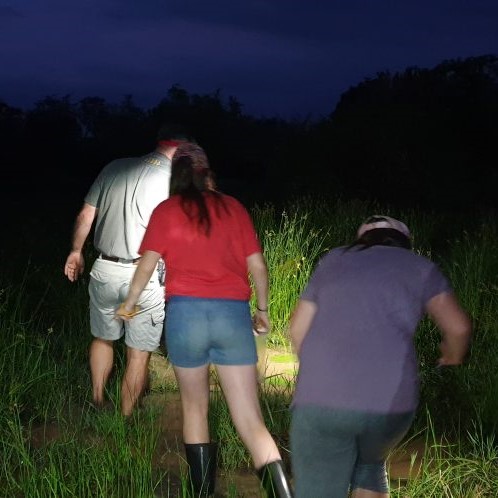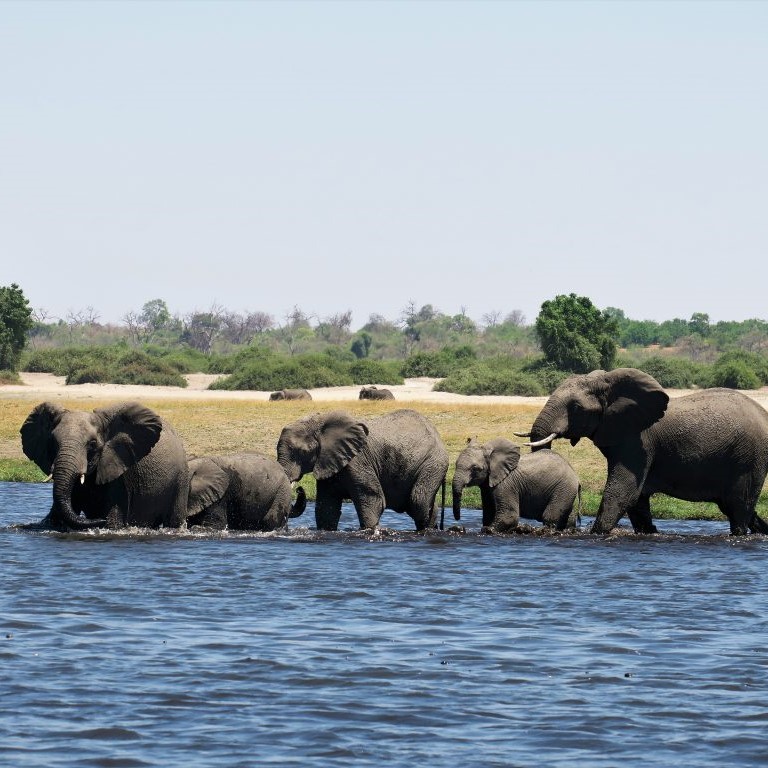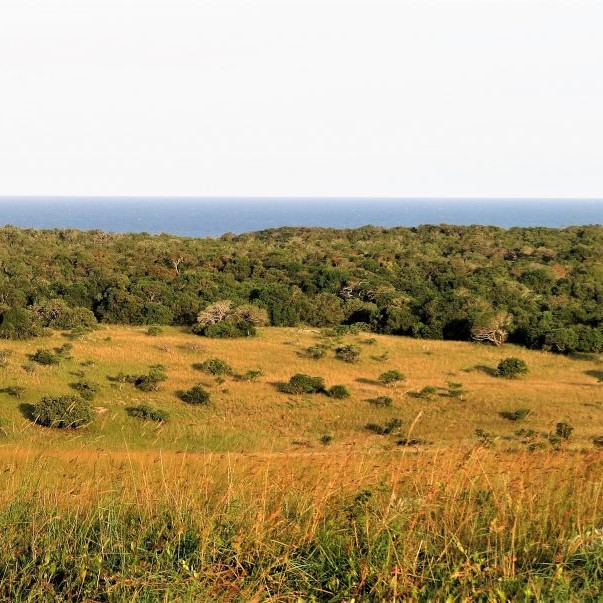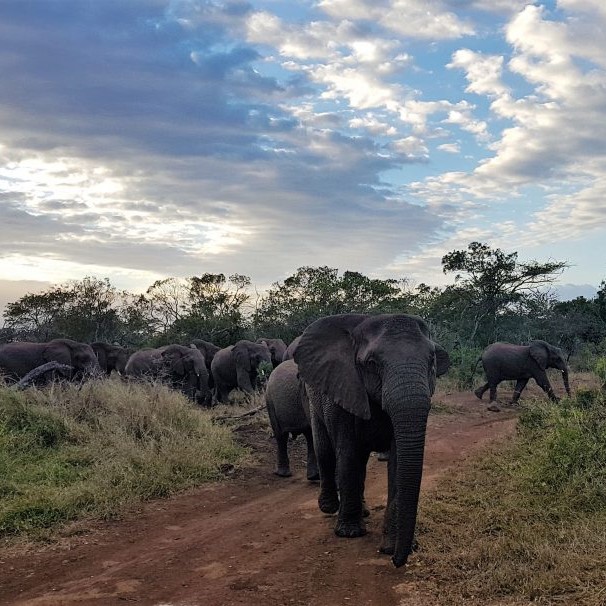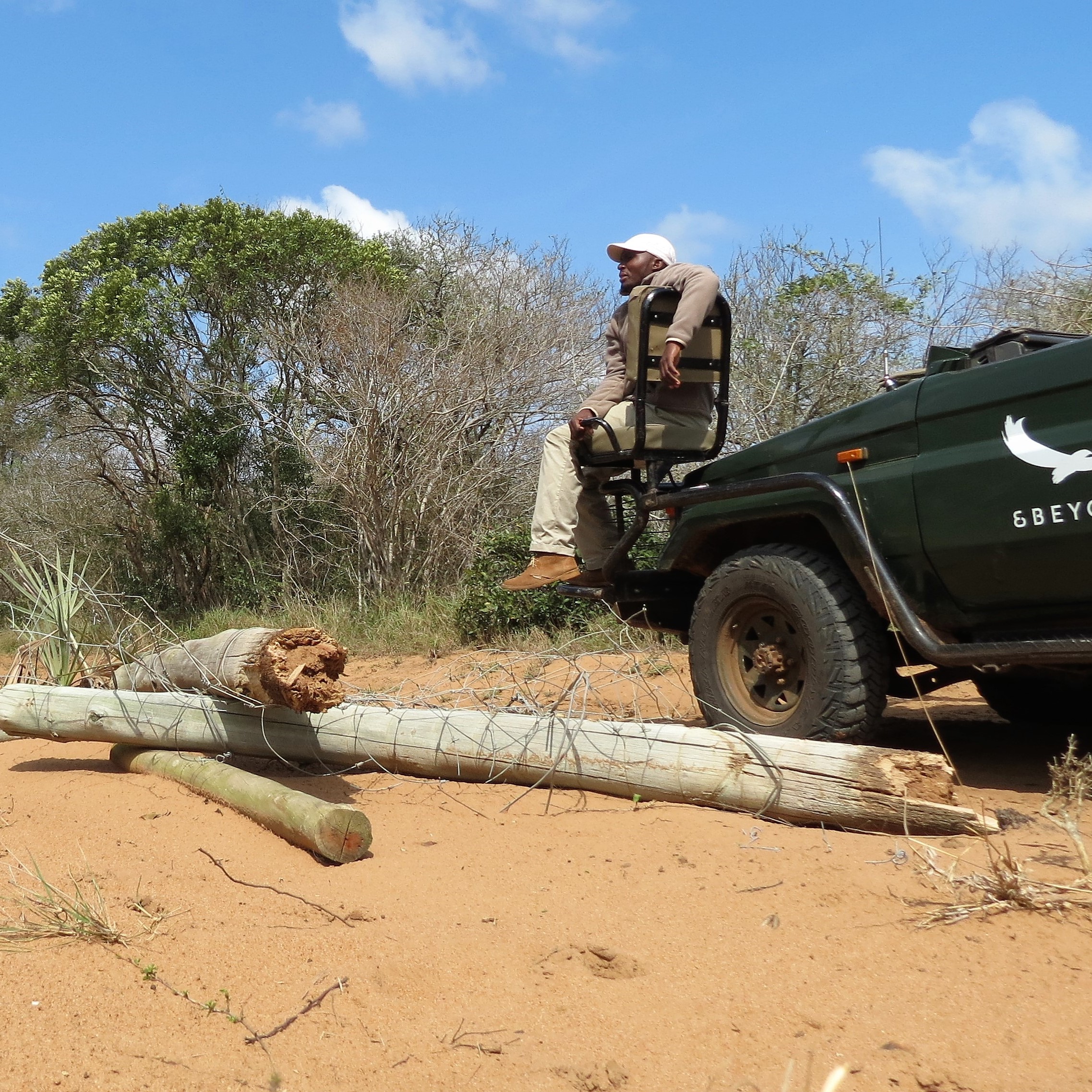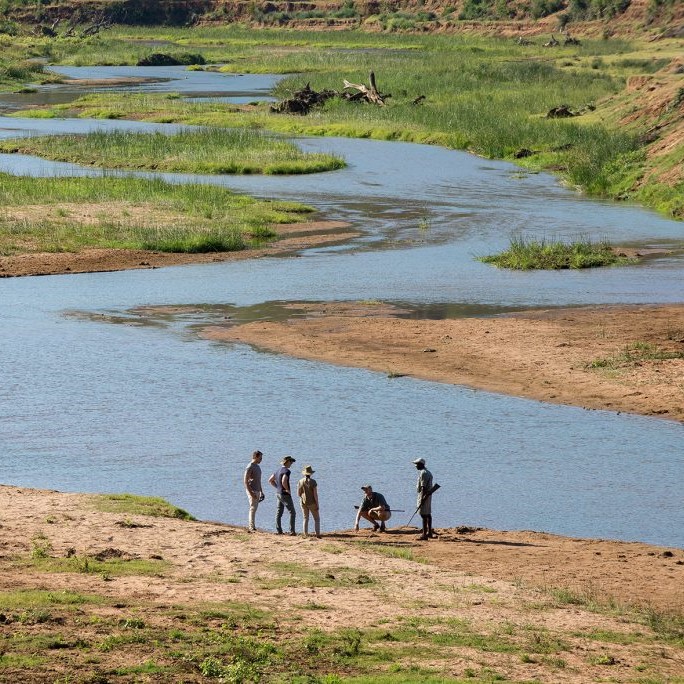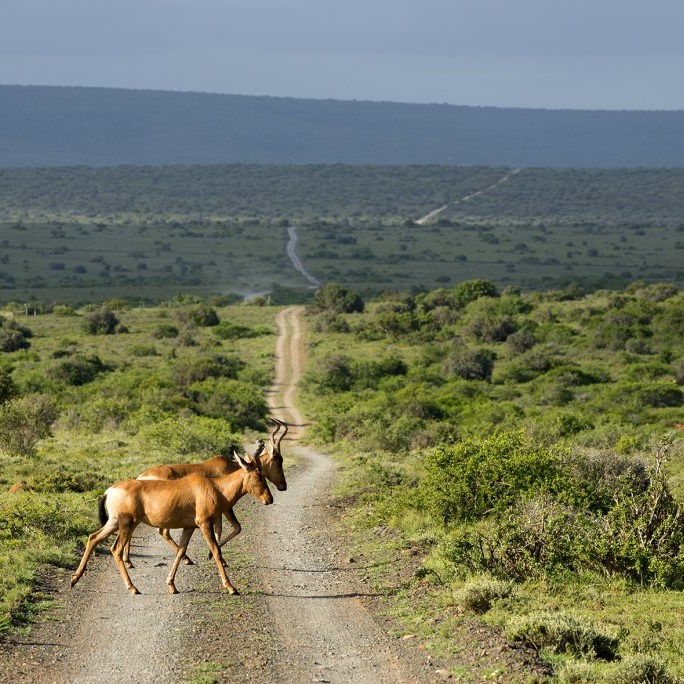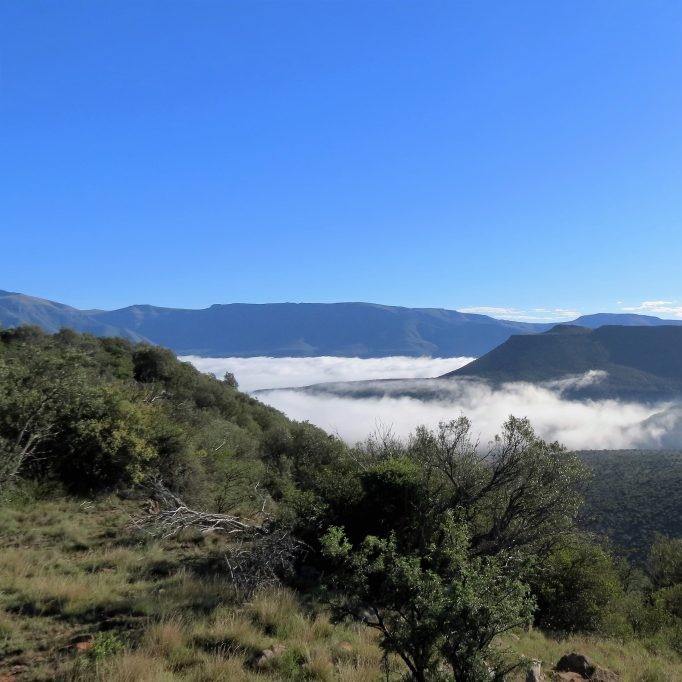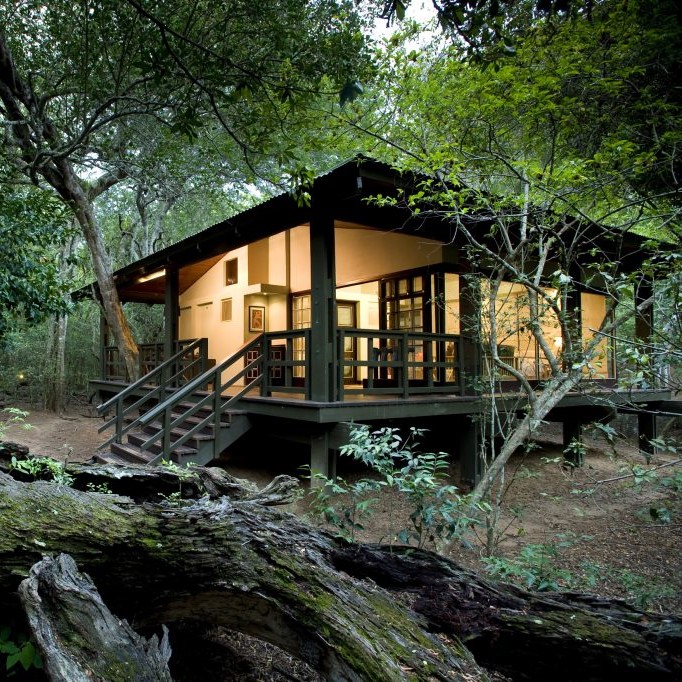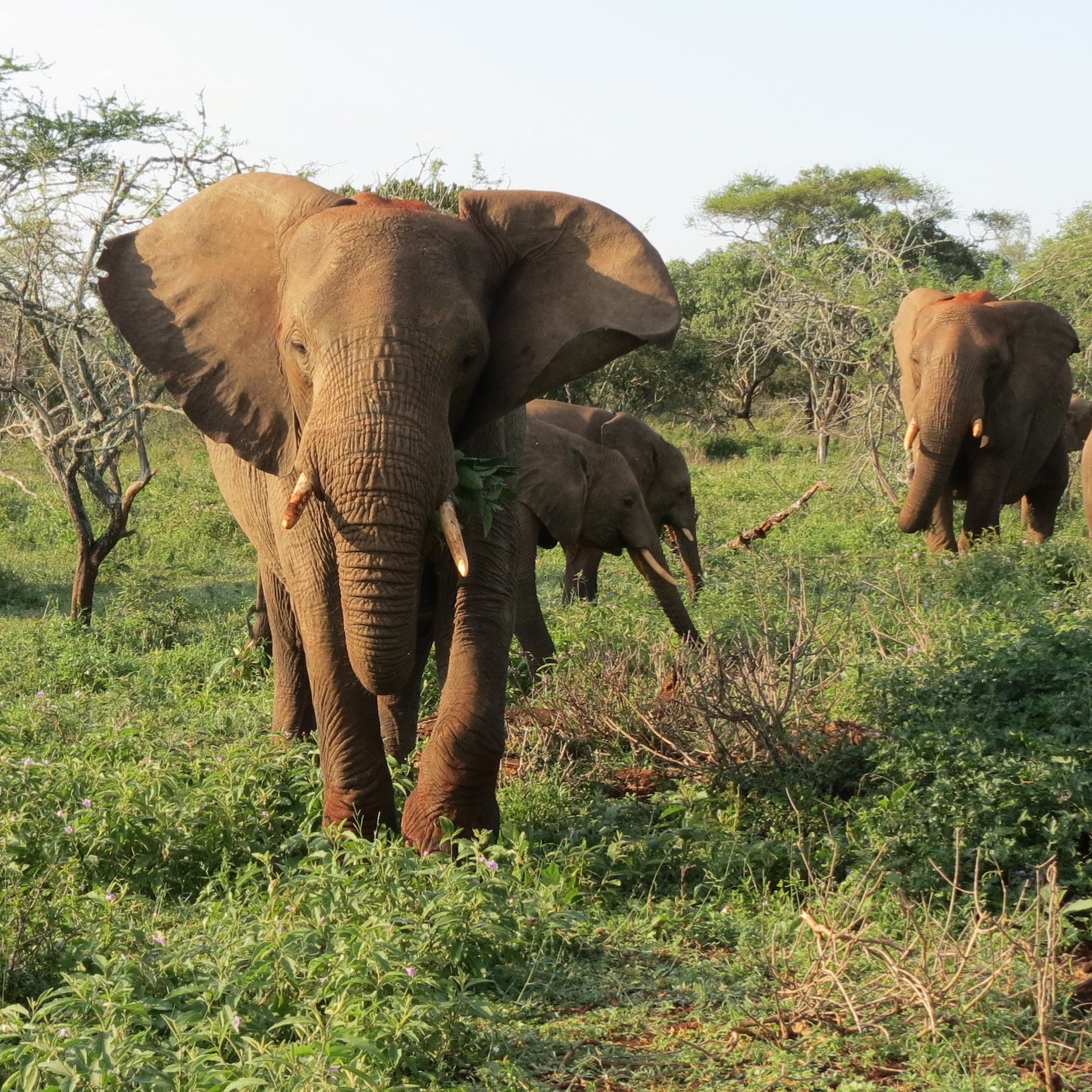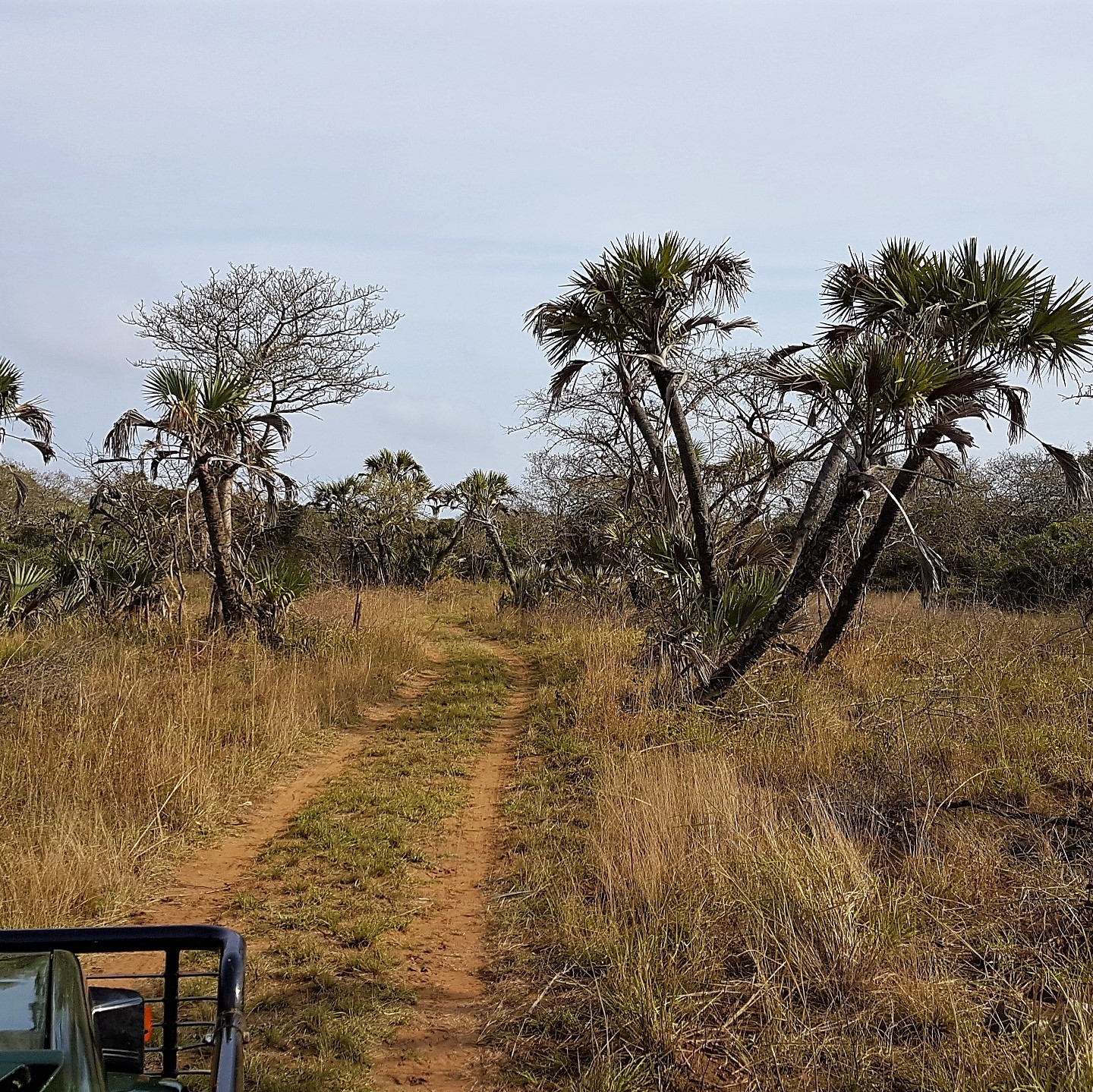My hubby woke abruptly. Perhaps it was branch snapping, he wasn’t sure. They moved silently, grey ghosts in the moonlight, no more than ten metres from where we sat, enthralled. Snug in our bed, we watched as the small herd of elephants made their way past our tent, with nothing but the fly sheet between us. It lasted only moments, but this Chobe memory would last a lifetime.
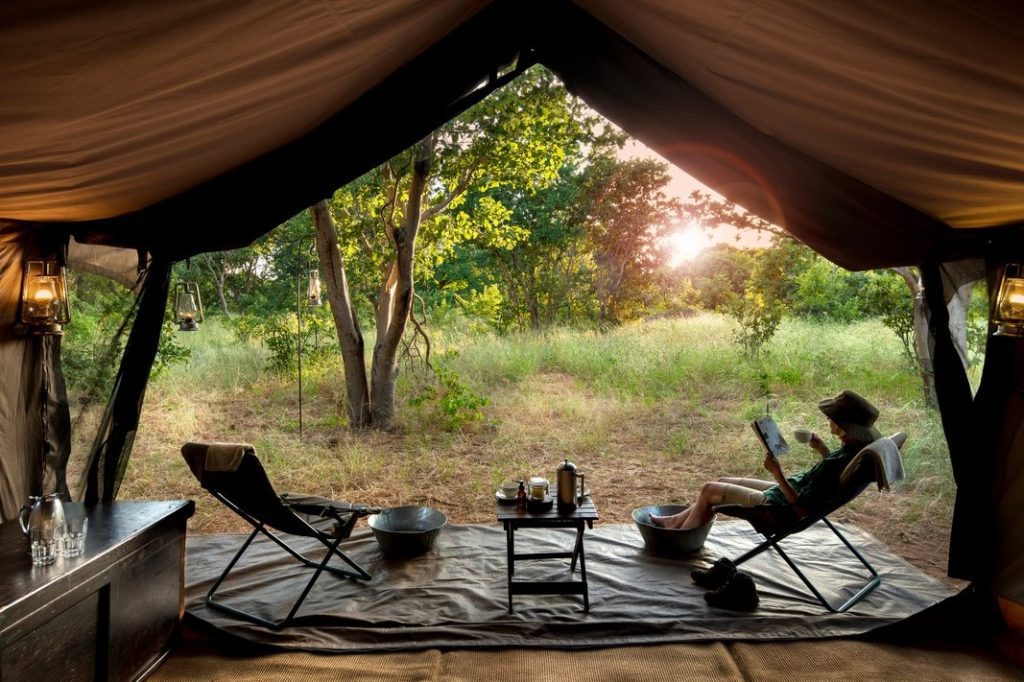
It’s our first experience of sleeping under canvas in the vast wilderness of Chobe National Park in northern Botswana, an experience that had been on my wish list for the longest of time. But not being much of a rough camping kind of gal, I hadn’t really considered it a possibility… until I discovered that luxury safari company, andBeyond offered it as one of their Botswana experiences.
As arranged, Cavin, our guide was waiting for us at Botswana immigration. Luggage loaded and ice-cold drinks dispensed, we set off… our safari starting a hundred-or-so metres along the road with the iridescent blue flash of a woodland kingfisher.
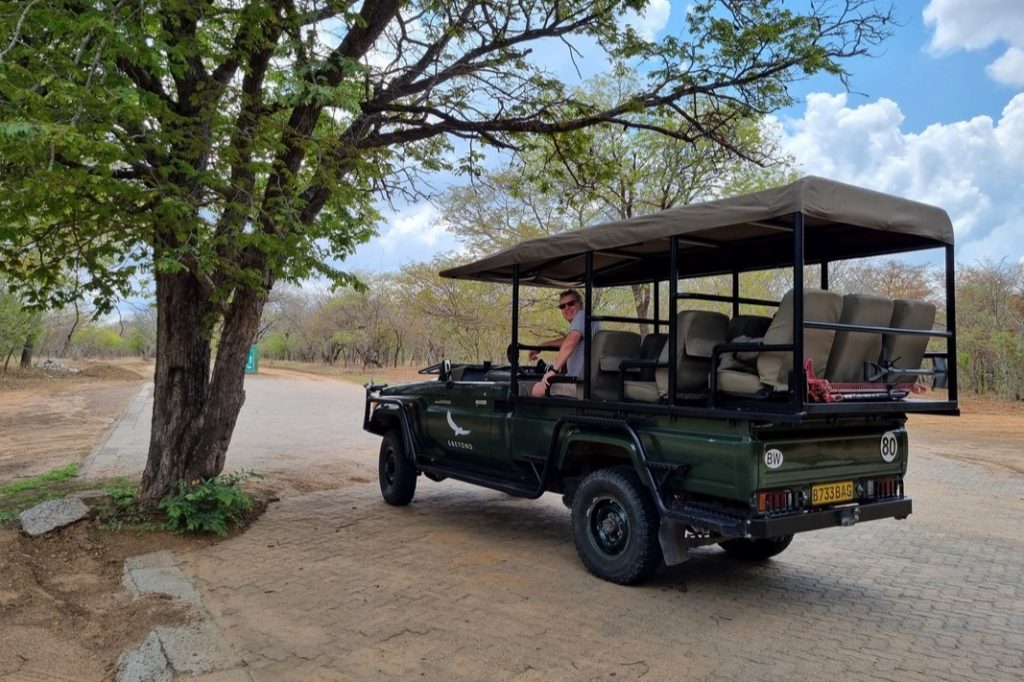
The rainy season had begun so we weren’t expecting to see the vast herds of elephant and buffalo which congregate along the Chobe River in the dry season, which was okay, as it was the summer migrants, of the feathered variety that we were searching for. That said, we weren’t averse to some wildlife sightings either.
It had rained a few days before our arrival and the bush was bursting forth with new growth… to the delight of a small herd of kudu doe. We watch as they nibble on the soft new shoots of knobby combretum just a metre or two away from our vehicle, which is unusual for these normally quite skittish antelopes. We pause at a shallow depression, there’s still water in it despite the heat of the day. Impala nibble on the surrounding green grass and a grumpy warthog chases any others that come near his tasty turf. Caven points out a very pregnant female, “they’ll be dropping their lambs soon now that we’ve had rain,” he tells us. A yellow-billed kite drinks from a pool in the road and a large water monitor sniffs the air, hoping to find the nest of the shrieking crowned lapwings.
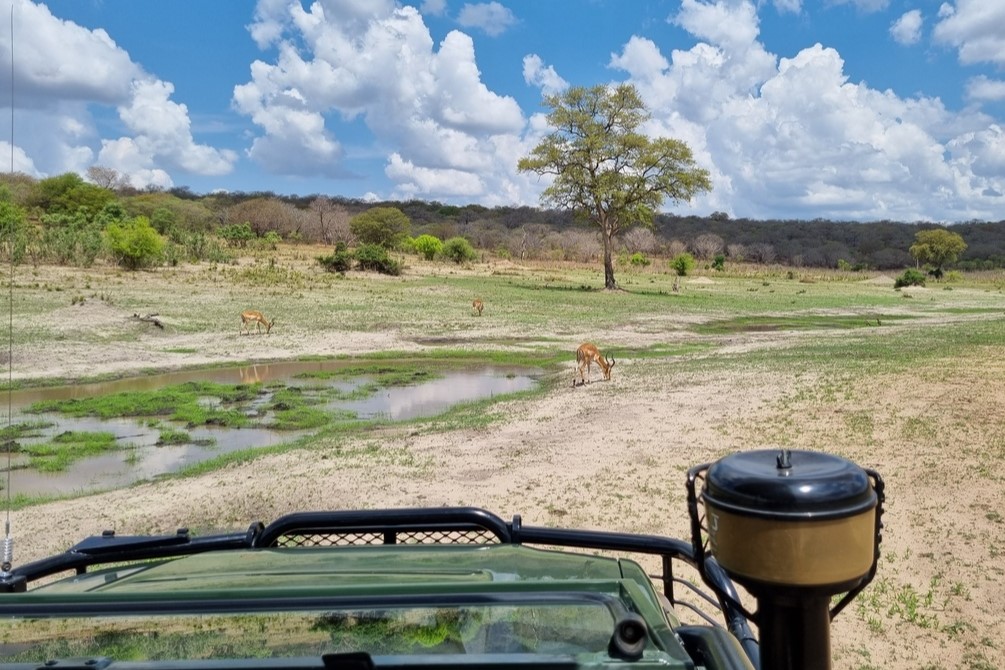
Despite the rain the bush is still very dry, we pause as a large herd of buffalo cross the road in front of us, kicking up clouds of dust in the process. In the distance a couple of lionesses rest beneath a tree to escape the midday sun… they’re hot, we’re hot and I’m looking forward to ‘checking in’ at camp.
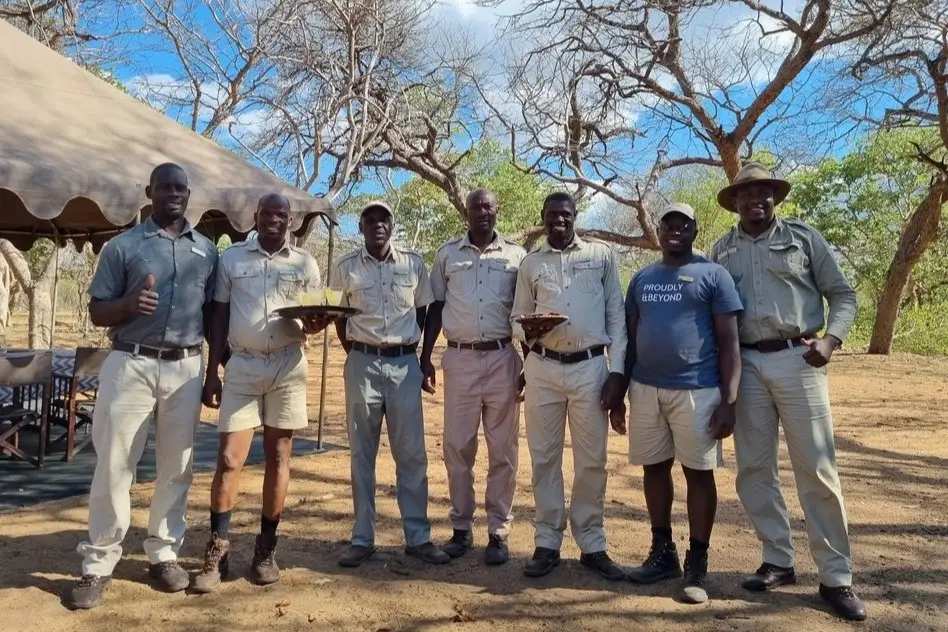
As we round a bend in the sandy road our camp is revealed… it’s an exclusive, semi-permanent campsite set within a stand of Zambezi teak and other large trees. The baritone African voices of Camp Manager GG (Gagoope) and the team welcome us, a fragrant damp cloth wipes away the dust and an icy lemon drink quenches the thirst.
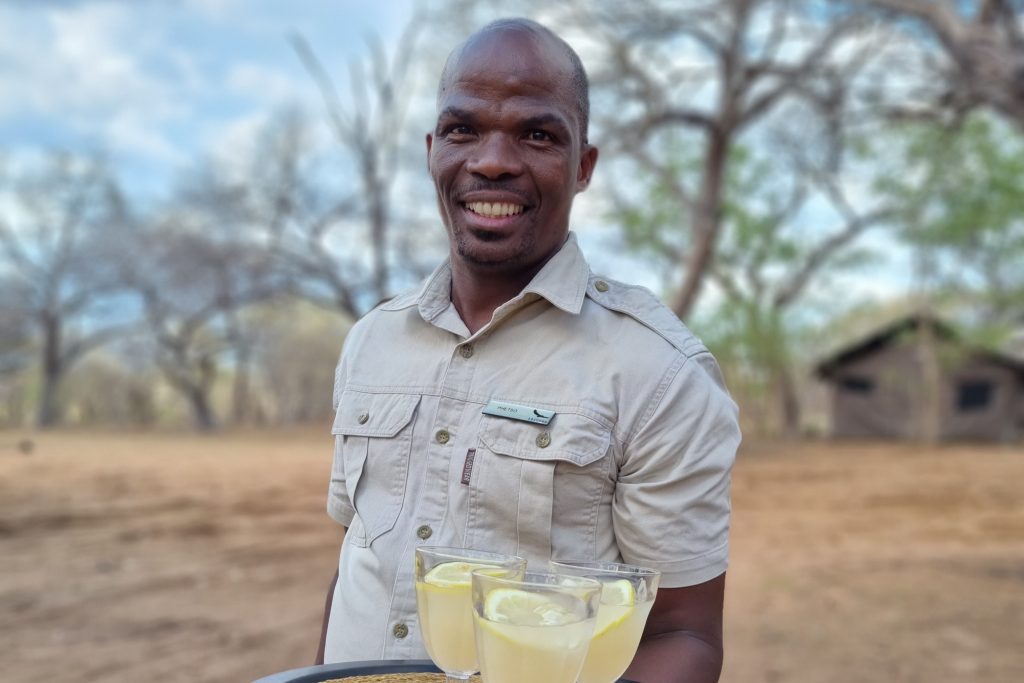
We head to our safari tent, and with my first peek all concerns of ‘camping’ disappear! Our tent is spacious, the crisp white linen on our queen-size bed is inviting, behind it is an ensuite bathroom. There’s a wash basin and jug on a folding table, complete with the beautiful andBeyond amenities, a bucket shower – with hot water available on request, and a separate flush loo! Yay!!
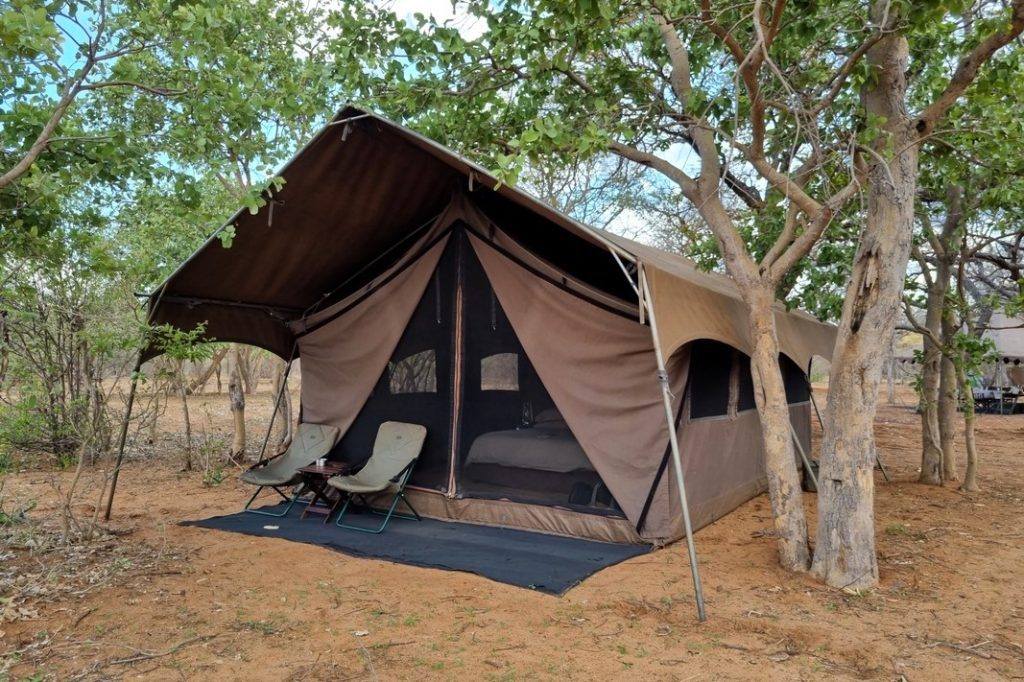
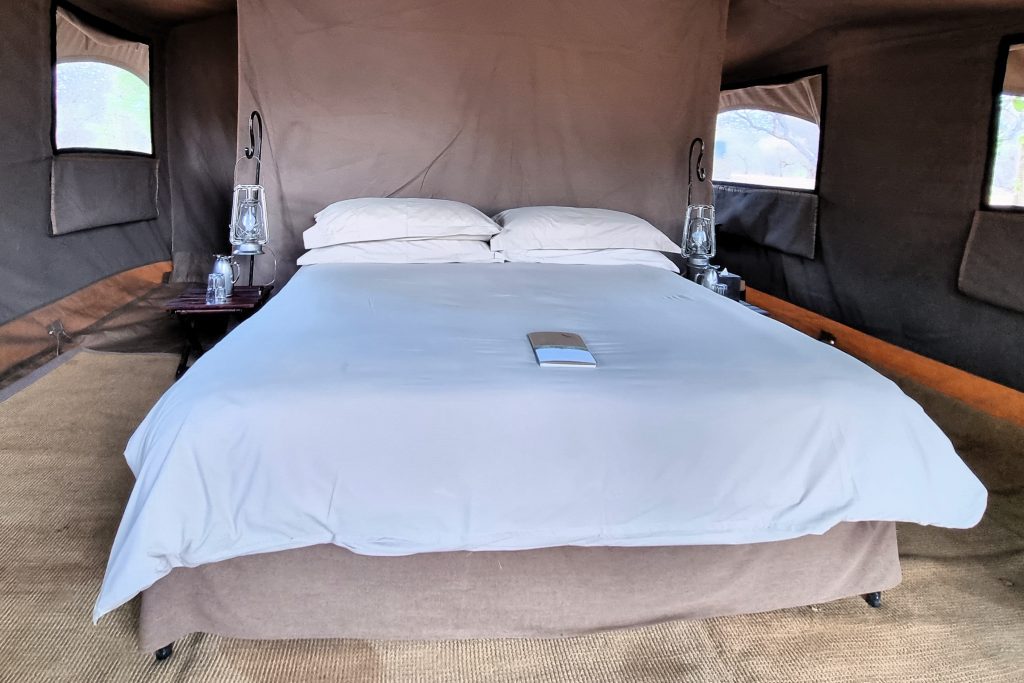
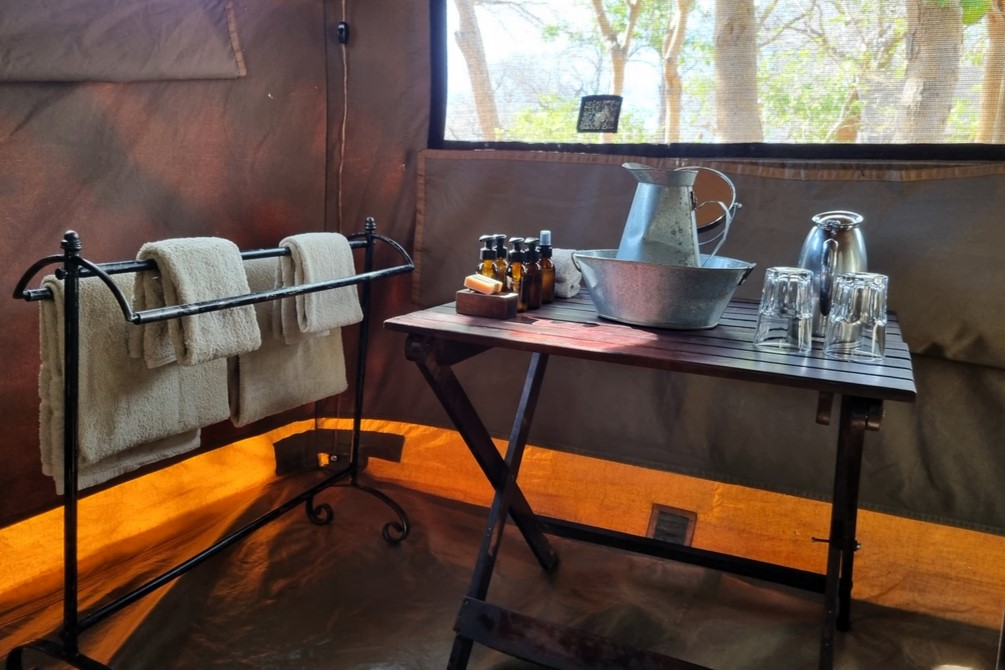
We cross the path of a well-worn game trail, one of many that meander amongst the safari tents, towards the main guest area. It’s a spacious gazebo under the shade of a large Zambezi teak and is where meals and drinks are enjoyed. GG is waiting for us and soon, G&T in hand, we sit down for a light lunch.
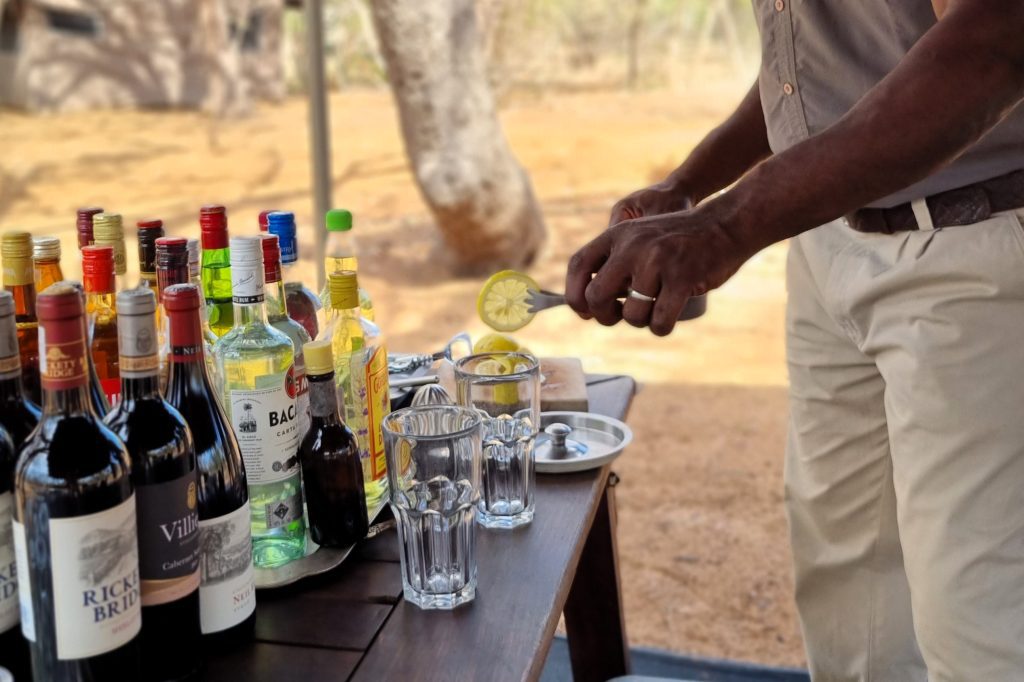
As one does when meeting someone new, we learn a little about each other… GG tells us that he comes from the small village of Beetsha in northern Botswana, close to the Okavango Delta and that he started working for andBeyond in 2010 at their luxurious Xaranna Okavango Delta Camp as a guest escort and a couple of years later moved to their mobile camps, spending time at both Savute Under Canvas and Chobe Under Canvas as a butler. He was elsewhere for a few years in between, rejoining Chobe Under Canvas in 2022.
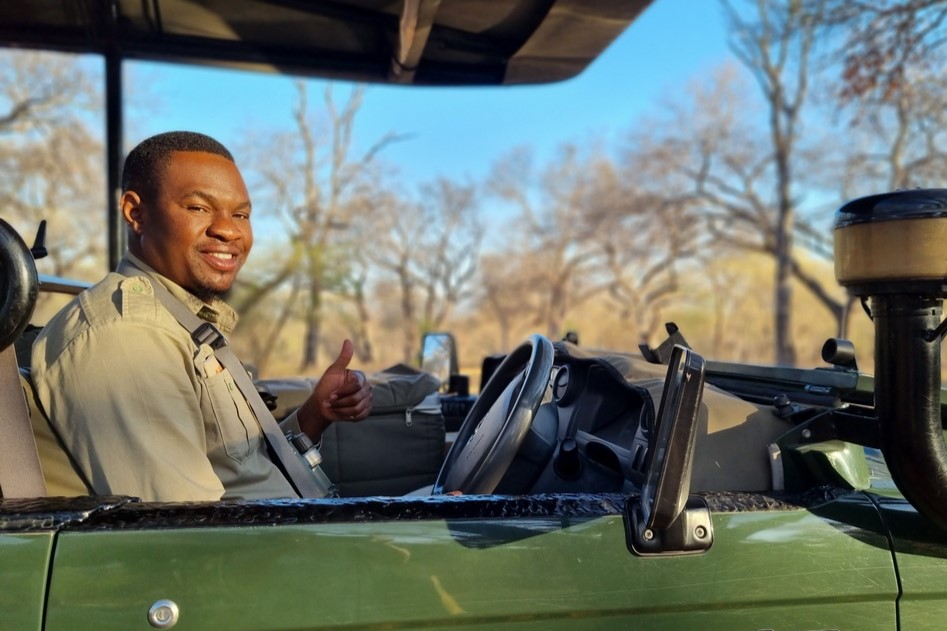
A little later, armed with binoculars and camara gear, as well as sunblock and hat – which would be the norm for our twice daily game drives, we head off down the sandy road towards the water’s edge with the hope of up-close-and-personal sightings. The Chobe River floodplain is vast, we follow the sandy track running parallel to the river, riverine forest to our left and the main channel of the river winding its way lazily through the flat grassy floodplain to our right.
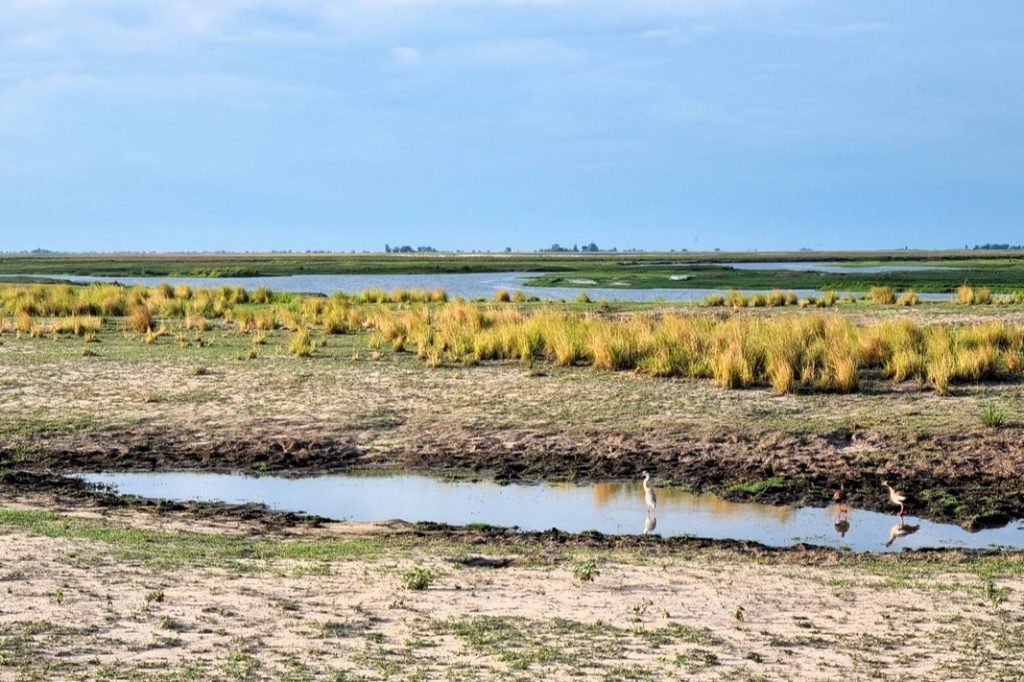
Birdlife is prolific and we quickly tick off white-crowned lapwing, red-billed teal, a grey heron and little egret. We make our way through open grasslands where herds of impala graze, the recent rain and flush of new growth has prompted the dropping of lambs – I’m amazed at the difference a day can make. The young huddle together in nurseries, a few adults keeping guard, and red-billed oxpeckers feast. Caven points out a kori bustard, and tells us that it is Botswana’s national bird, and the largest flying bird in Africa… I’m hoping it will take flight, but alas, it just scurries into the surrounding bush.
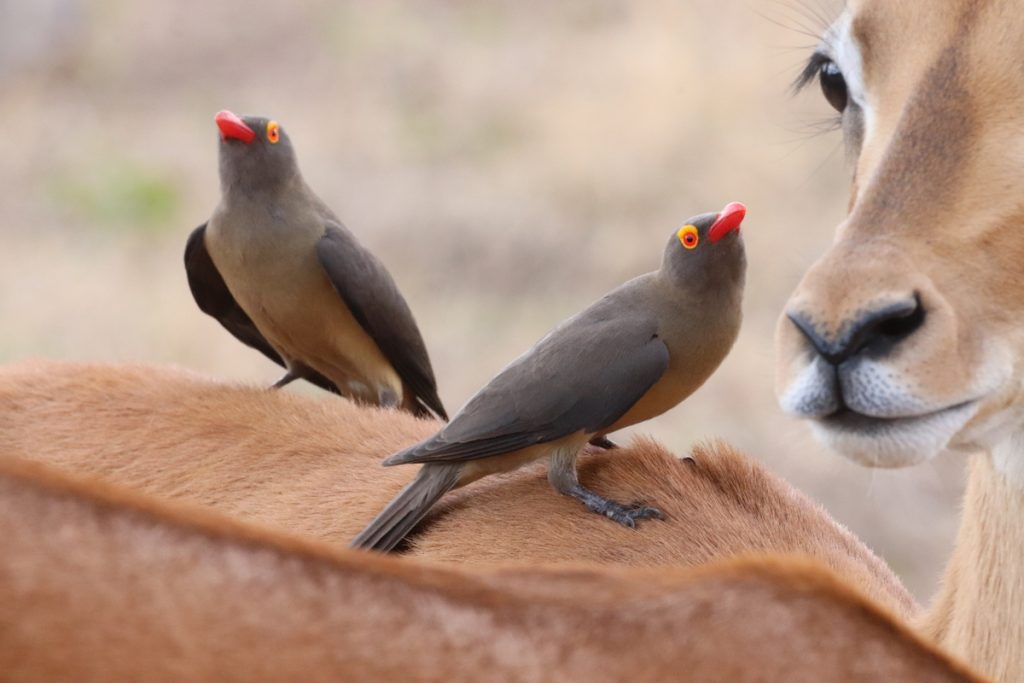
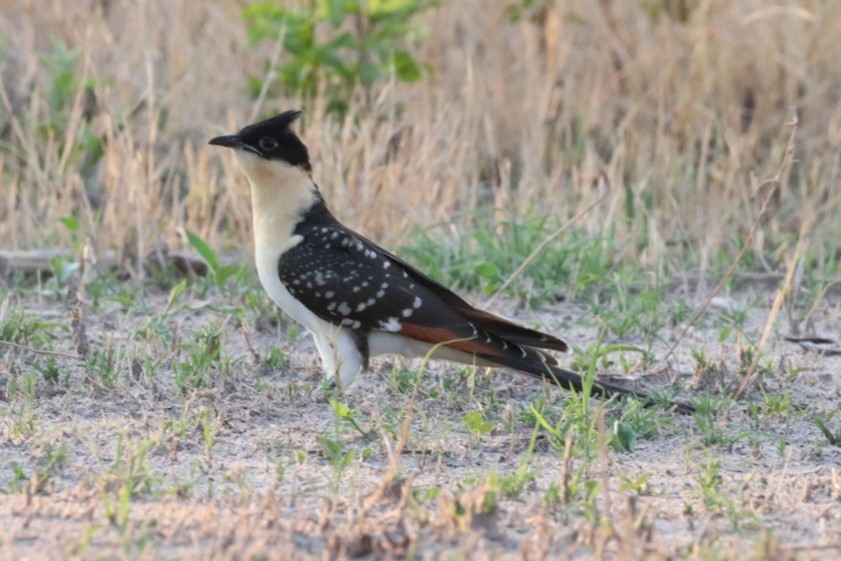
Red-billed spurfowl, double-banded sandgrouse, and crested francolin and, bonus of note, what had first appeared to be another Jacobin’s cuckoo, was a great spotted cuckoo! A new bird for us. White-backed vultures sun themselves in the late afternoon sun, the stark branches of their perch a beautiful silhouette against the milky sky, and their presence an indication that perhaps there’s a kill nearby. And there certainly must have been as a short distance away we find two young male lions, flat on their backs, distended bellies, and dead to the world, such was their lethargy that they barely noticed us, the only visible movement their rapid chest movements as they panted in the heat. Enjoying sundowners on the go we make our way back to camp.
What could be better than a pre-dinner drinks around a crackling fire in the wilds of the African bush? I sigh contentedly… savouring the sounds of the bush and the gentle evening breeze.
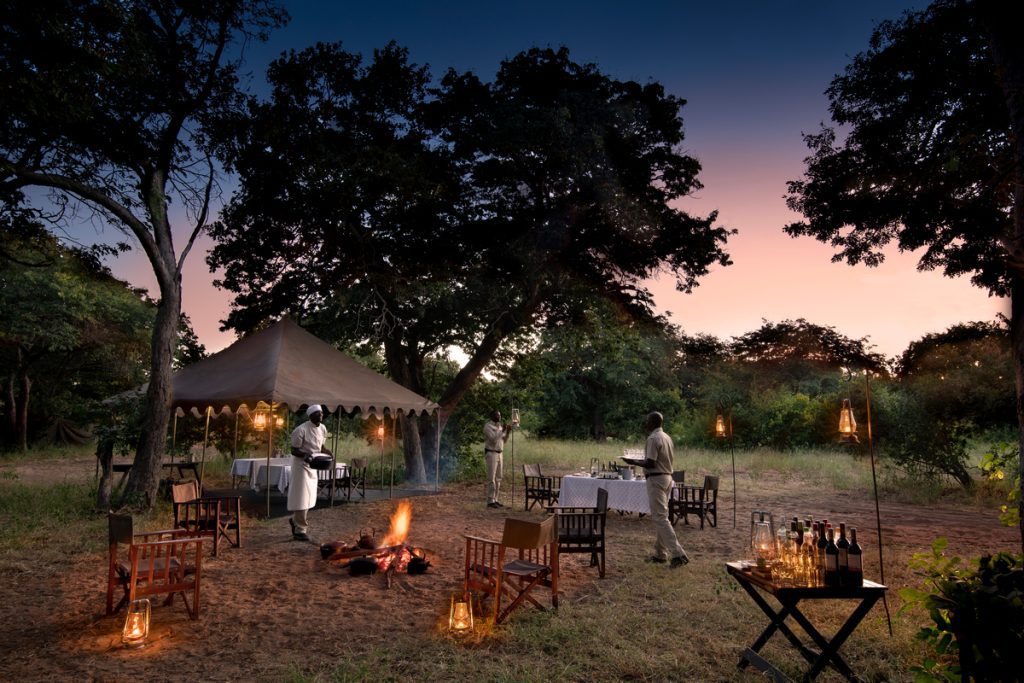
Good South African red wine is poured, and dinner is served. The pea and potato soup that Chef has prepared is creamy and delicious, as is the tender grilled beef fillet, served with polenta, balsamic peppers, fire-roasted zucchinis, and a mushroom sauce. The poached pear in red wine reduction equally appealing. It’s hard to believe this delicious and beautifully plated cuisine is prepared in a rudimentary bush kitchen and mostly cooked over the coals. In the distance a lion roars, one of the boys, I wonder.
I awake the next morning, having slept like the proverbial log, despite our 2am elephant wake up call, to a symphony of sounds… the high-pitched chorus of cicadas joined by kek-kek-kek of helmeted guinea fowl, the ‘work harder, work harder’ of the Cape turtle dove, the cackling chatter of green wood hoopoes and the shrill whistle of a pearl spotted owlet.
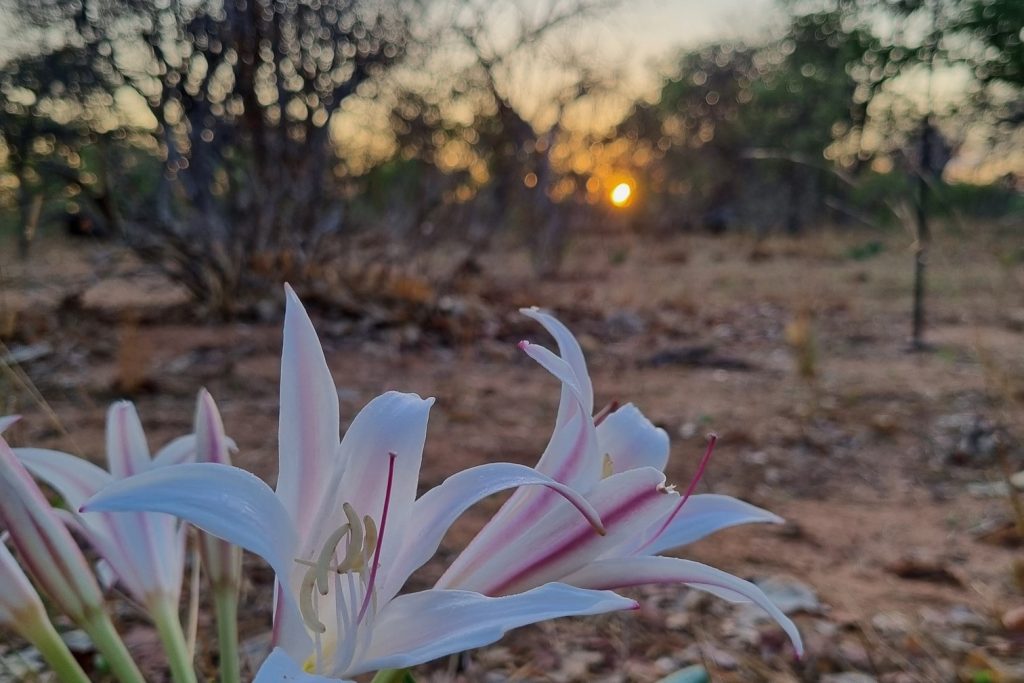
I unzip the flysheet and emerge from comfort of our tent into the soft morning light, bees buzz in the Kalahari apple leaf tree beneath which our tent is pitched, and Kalahari crinum lilies add a splash of colour to the muted bush tones. The territorial call of a red-billed spurfowl and squawk of a red-billed hornbill join the dawn chorus. With the sun peeking through the still bare branches of the mahogany trees we head to the gazebo for coffee and breakfast, the setting and the bush sounds of the bush give new meaning to the phrase, sunrise breakfast.
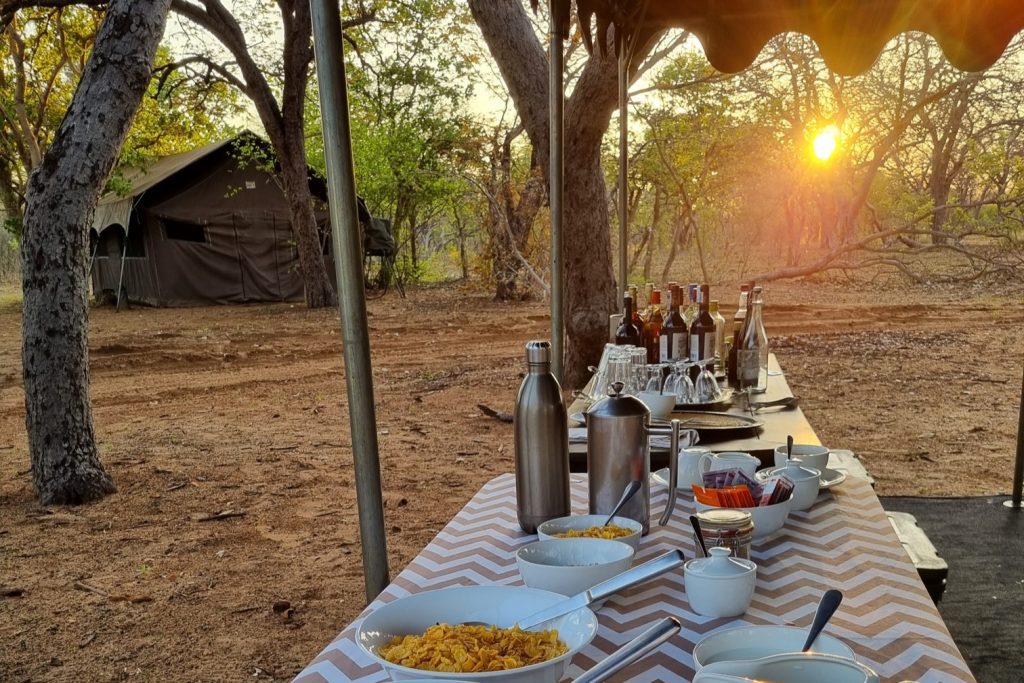
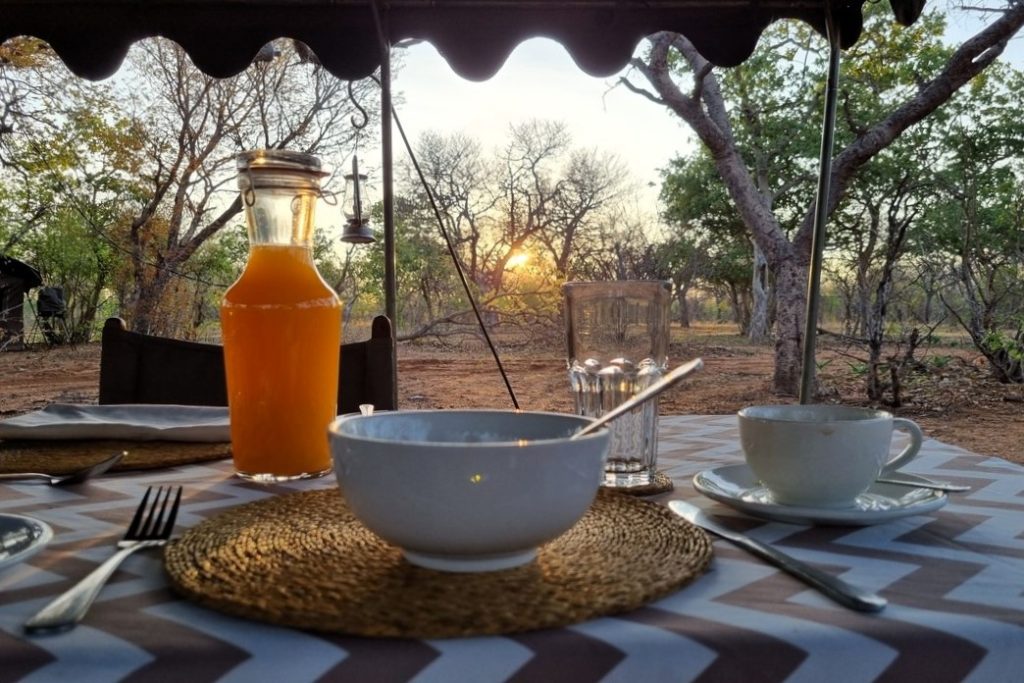
Camera batteries all charged, thanks to the battery on the game viewing vehicle, we set off for our morning game drive, and the Pangolin Photographic Safari experience scheduled for later in the morning.
A troop of baboons cross the road in front of us, ferreting in the undergrowth for seeds, berries and grubs along the way, I watch a young one piggy-back on its mums back then swivelling down beneath her belly to avoid being swiped by wayward branches.

The Chobe riverfront once again delights as we watch a fish eagle pull apart its catch in the boughs of a large tree, an African open-bill scoops molluscs from a muddy pool and spurwing geese strut along the water’s edge. We pause to watch the antics of a family of black-backed jackal, the adults pay us no heed and the three youngsters play tug-of-war with an old bone, the victor running off with the spoils, only to be chased by the others and the game once again resuming. And I delight in an up-close sighting of a male puku, which beats my distant first sighting on a previous Chobe trip – this near-threatened antelope is found only in wet grasslands in southern Democratic Republic of Congo, Namibia, Tanzania, Zambia and the floodplains of the Chobe River.


We pause for a small herd of elephant that come lumbering out of the dense bush alongside the river, their bodies dark from being submerged and their thirst sated. A young male waves his trunk at us before following the herd. A stately sable antelope with its gleaming black coat and white facial markings stands out in stark contrast to the drab surroundings, it pauses to drink at a small depression before disappearing over the ridge – a lucky sighting Caven tells us, as they are normally quite secretive and not often seen. Our birding success continues, and we soon tick off red-backed shrike, tropical boubou and a gorgeous long-tailed paradise whydah. A green wood hoopoe perches on the hardened ear of an elephant carcass, despite the strong smell there’s not much left of its body, a food source for scavengers and birds alike. The circle of life…
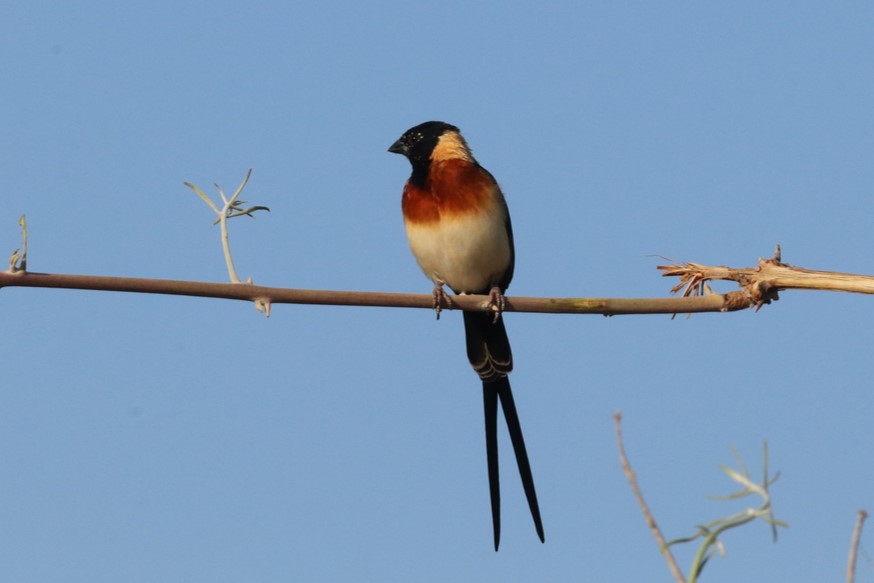

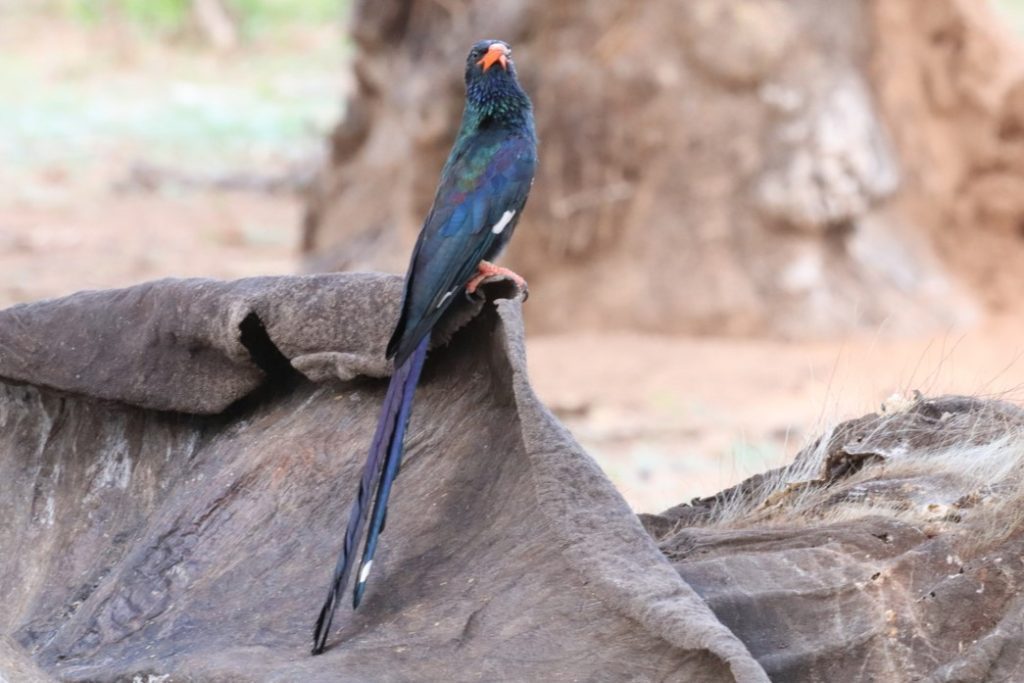

It’s time to for our coffee stop, and Caven draws to a halt beneath the branches of a large leadwood tree. And in typical andBeyond style, we’re soon sipping freshly brewed coffee (with a dash of Amarula of course – bush coffee at its best!) and munching on the yummy muffins. We cannot linger as we have a date on the Chobe River for the Pangolin Photographic Safari boat cruise – this experience is only available to guests that are staying for two or more consecutive nights.
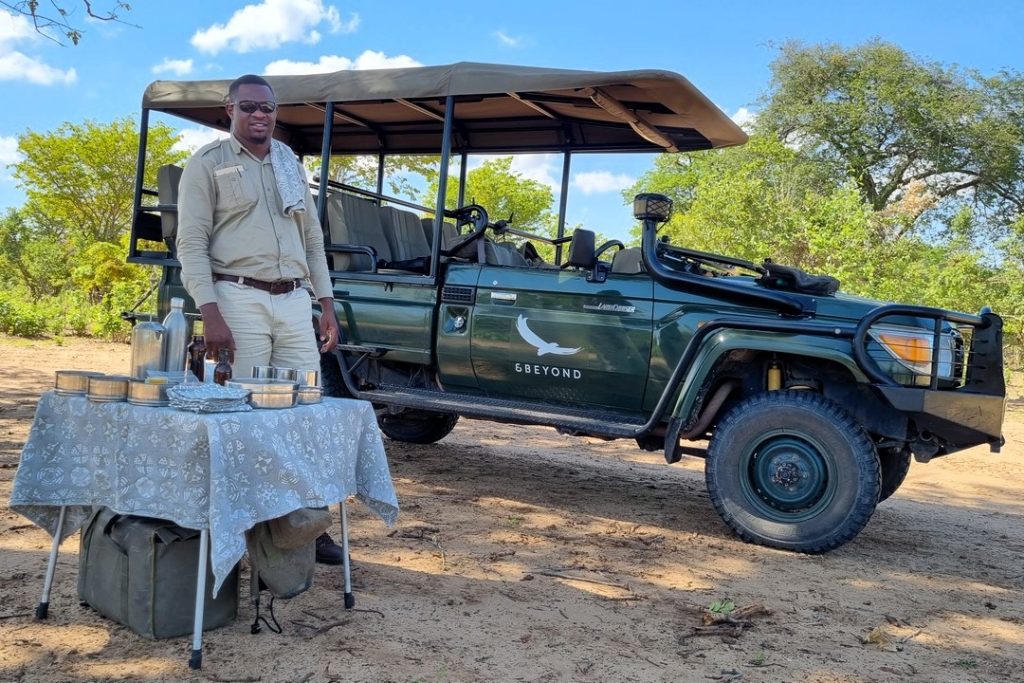

We arrive at the dock on the Chobe River and are welcomed aboard by Walter our Pangolin Photo Safari guide. The Pangolin Safari boats are designed to sit low in the water which offers the opportunity to get down low for unique perspectives, which in wildlife photography enables more intimate images of the animals and birds. The Pangolin boats have one row of seats that swivel 360 degrees and have their own tripod/gimbal attached – they are kitted with Canon 80D cameras with a 600mm lenses, but photographers can choose to use their own equipment.
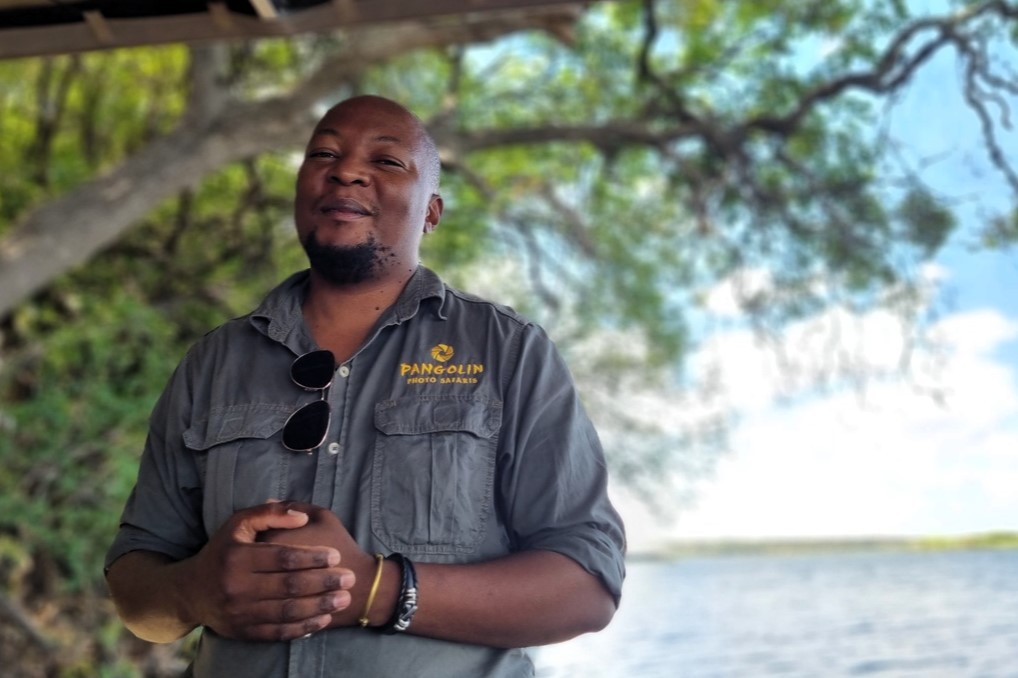

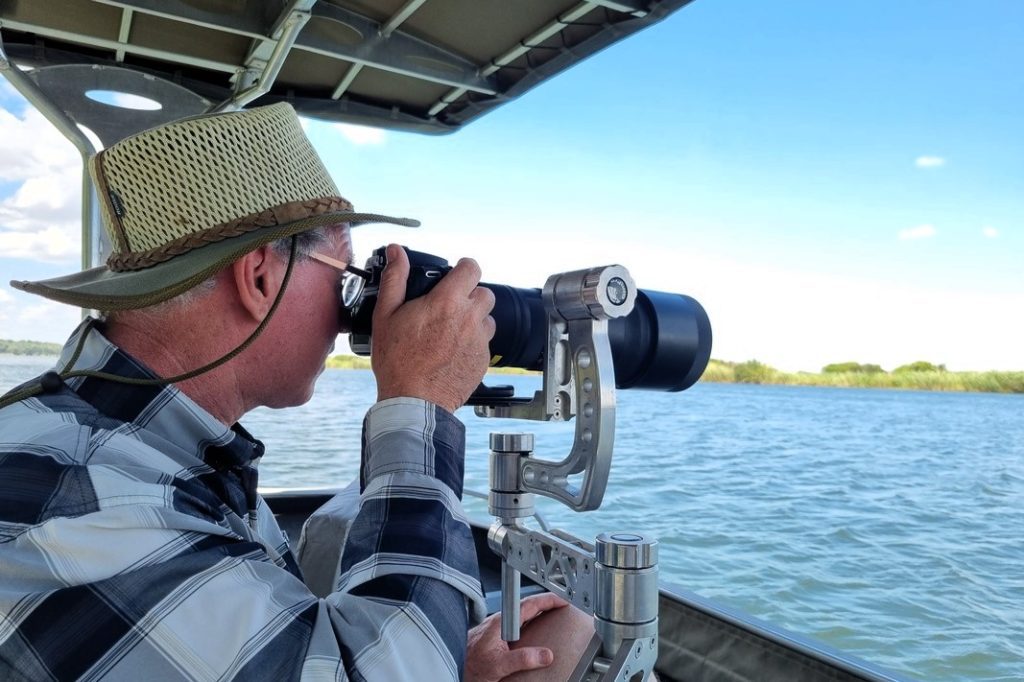

Safety briefings dealt with; we are soon heading out in search for kingfishers, bee-eaters, storks, herons and other types of birds – and even if you’re not necessarily a birder it’s a wonderful experience watching and trying (the operative word here) to photograph these gorgeous species.
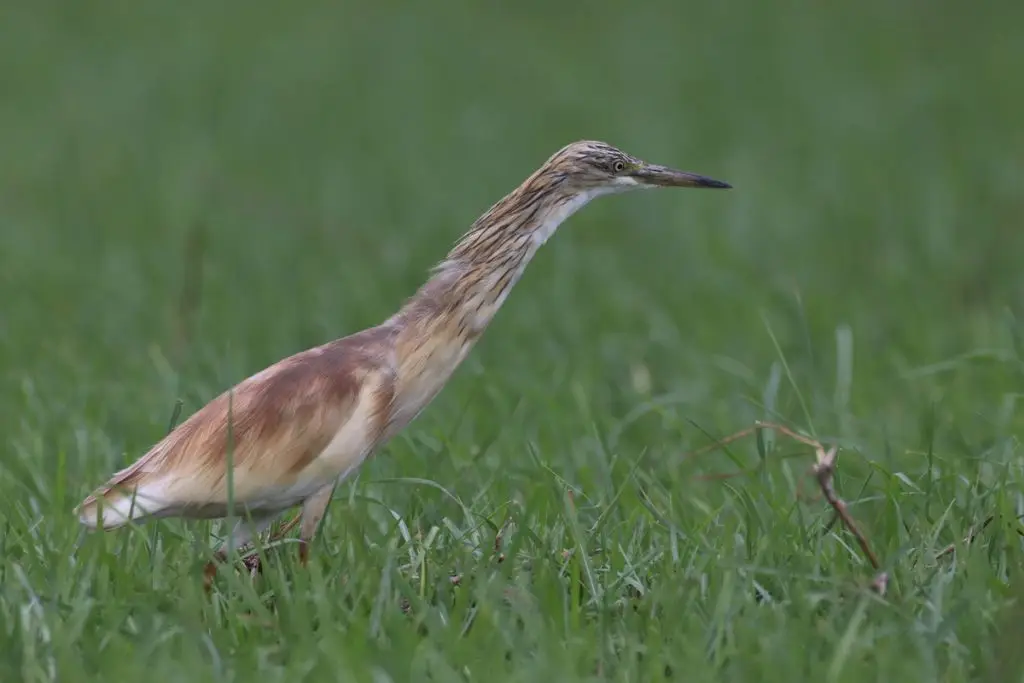

As well as learning how to set up our cameras, Walter explains how to interpret and anticipate light, how to creatively work with subject matter, how to capture flocks of birds in flight (it’s not as easy as you think!) and the techniques of low key (dark background) and high key (light background) photography.
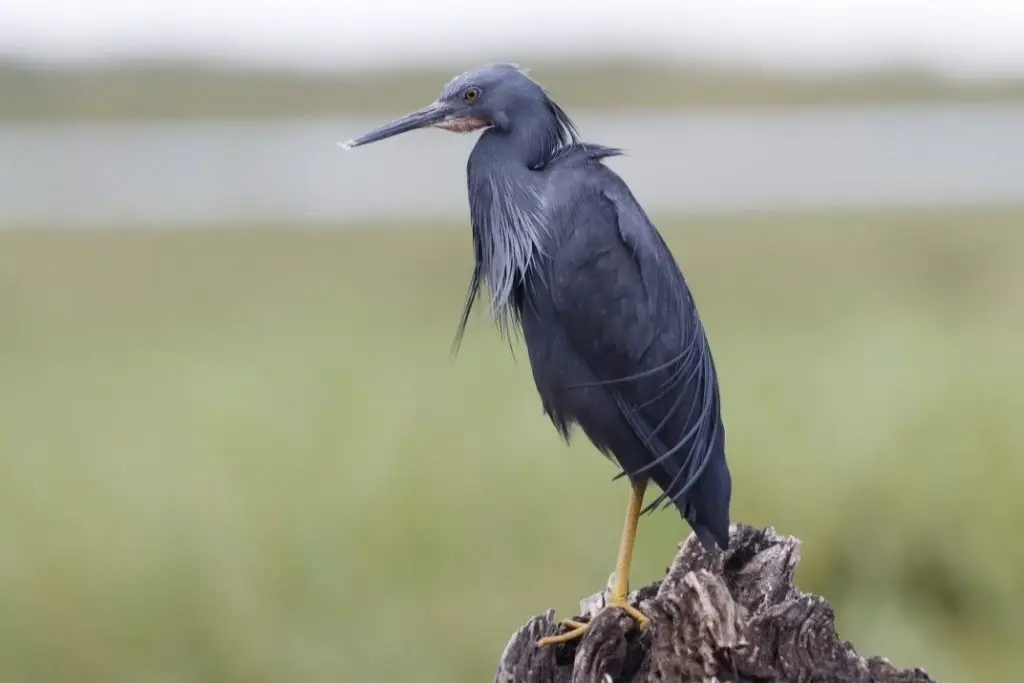

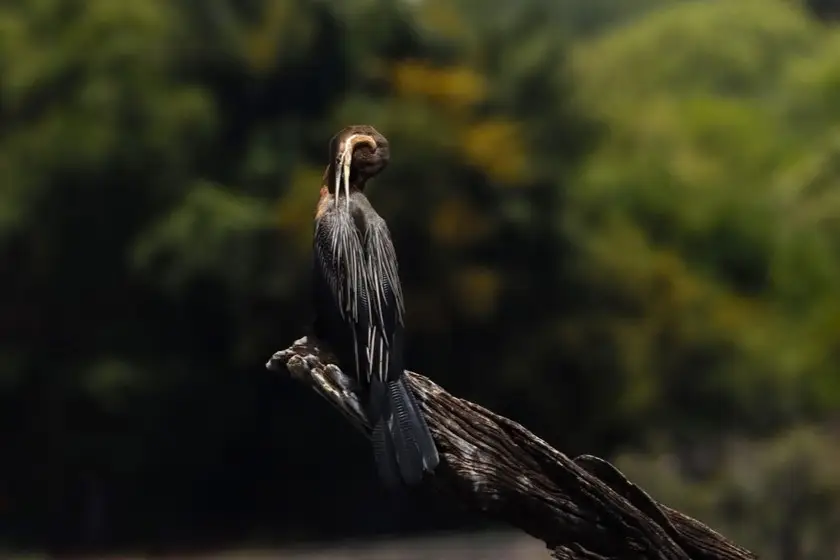

An African darter suns itself on a log, the dark riverine forest background offering us the opportunity to try the low key technique we’ve just learnt, we photograph African jacanas and long-toed lapwings, I try to capture a flock of collared pratincoles taking flight, but my inflight bird photography skills are clearly lacking! We add black-winged stilt, white-crowned lapwing and intermediate egret to our list, the highlight being adding a slaty egret, a new bird for us.
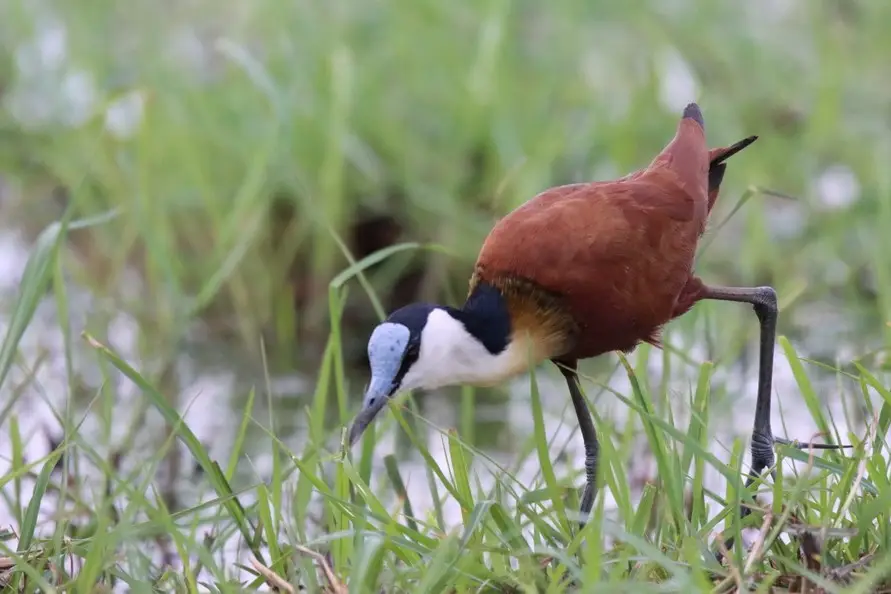

In between the birding we see plenty of hippo, a small herd of buffalo and even a herd of red lechwe – a first for me.
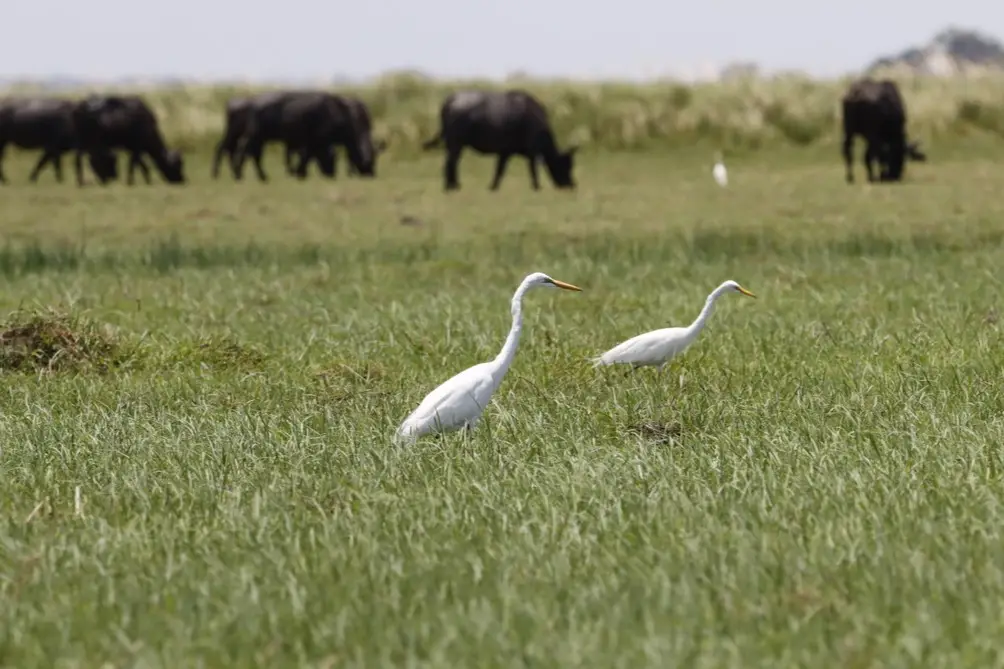



The addition of a Pangolin photographic experience to our Chobe Under Canvas safari was such a fabulous experience, highly recommended, whether you’re a keen photographer or not. The best part is that you learn some photographic skills in the capable and professional hands of your photographic guide and get to keep the SD card of the pics you have taken!
We lunch at the lovely Chobe River Lodge before heading back for an afternoon game drive. We watch young impala prance around with glee, a banded mongoose ‘gets lucky’ while another one lays on its back munching a seed, Swainson’s spurfowl scratch through the undergrowth and a troop of baboons’ saunter by, a baby piggybacking on their mums back. White-fronted bee-eaters flit into the air catching bugs, a pod of hippo laze near the water’s edge and a sub-adult elephant checks us out with interest.
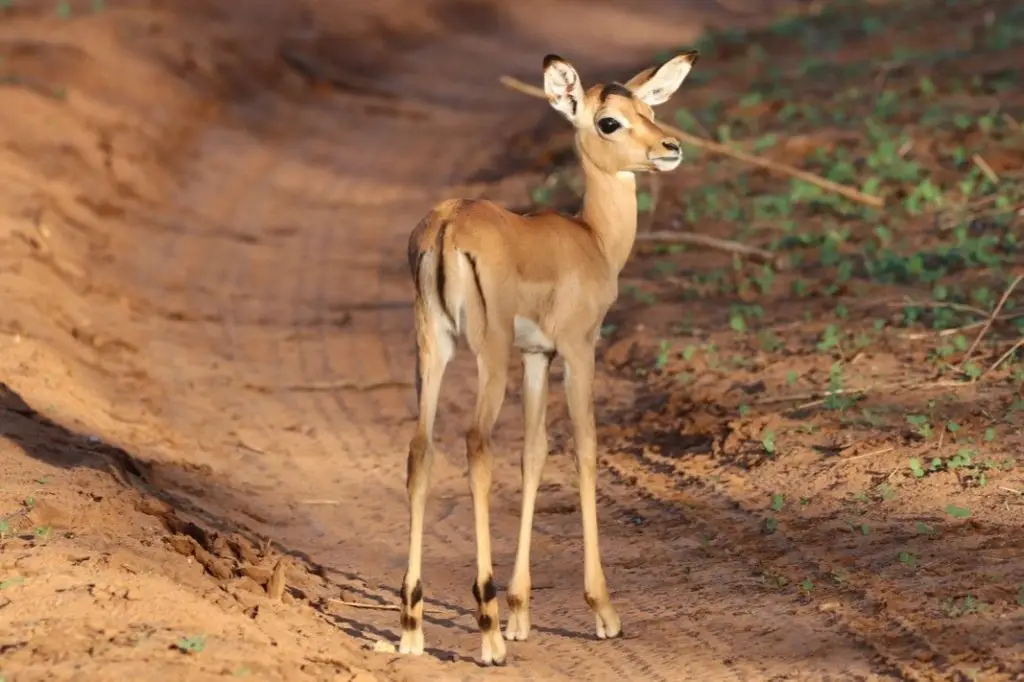




It was our last night under canvas, I lie snuggled under the duvet contemplating the wonderful sightings and experiences of the day’s past. Lions roar intermittently through the night, and I wonder if they were the young males we’d seen a couple of days before, lying sated under a tree.
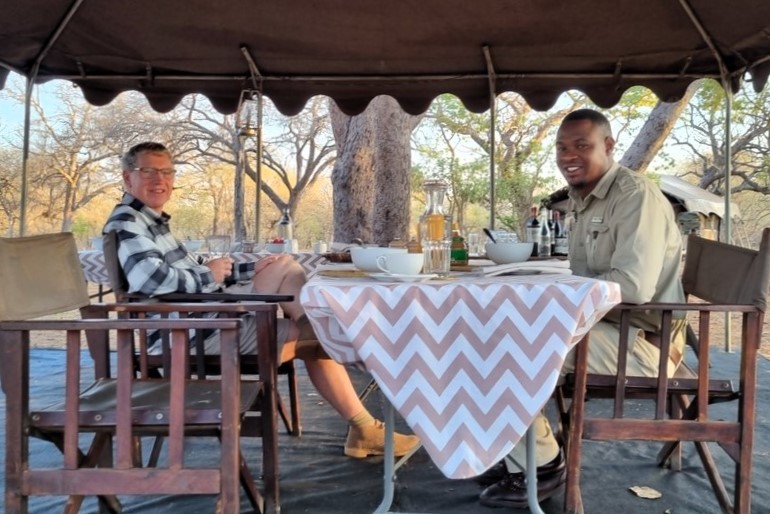

After a hearty breakfast we head out to the waves and farewell singing of the Chobe Under Canvas team – GG, Phetso the butler, Sele and Ntengu, the chefs as well as Joseph the housekeeper and
Gabriel the truck driver. As we head out, we see lion tracks, then lion and buffalo tracks, both heading into the thicket. Was there was action during the night, we wonder?
We follow the tracks and scan the thick bush, but don’t find lions on a kill – lucky buffalo… but we do find them resting in the shade alongside the road. The one was doing what lions do best, sleeping, the other chilled, but watching us intently.
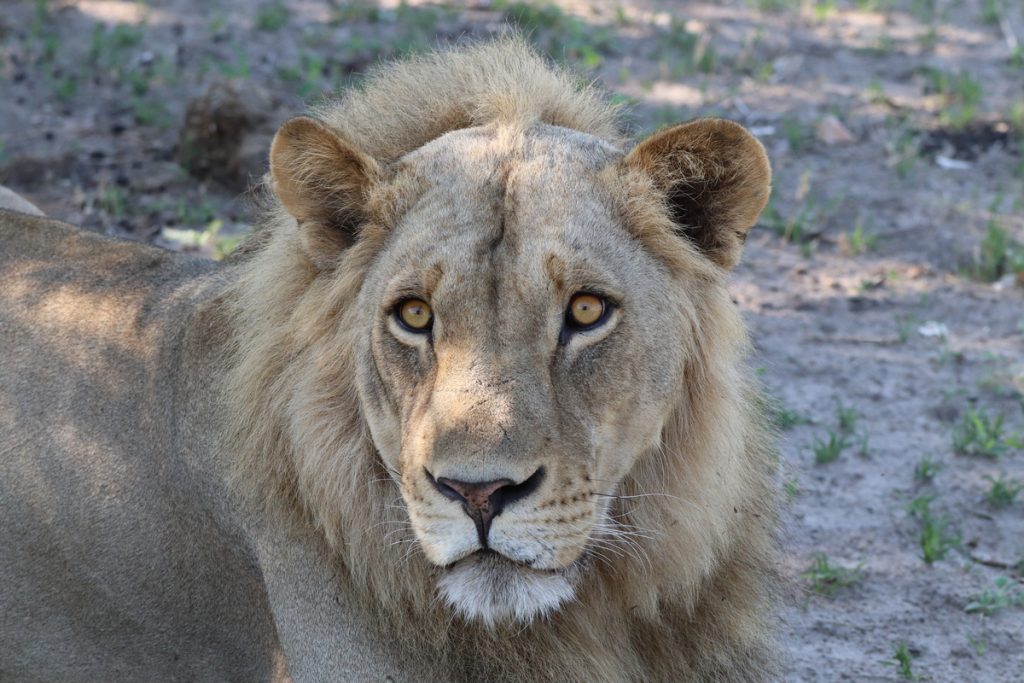

A lilac-breasted roller takes flight, a veritable rainbow of colours against the African sky and an unusually relaxed coppery-tailed coucal suns itself in the soft morning light. Vultures soar a short distance away… is it the lion kill? It is a kill, but not quite what we had expected – a couple of black-backed jackal had taken down a young impala but before they could make the most of their meal they were chased off by the vultures. We watch as they tear into the flesh, a veritable feeding frenzy that’s quite astounding to watch. There are predominantly white-backed vultures with a few hooded vultures in the mix, a yellow-billed kite hangs around nearby hoping for scraps.
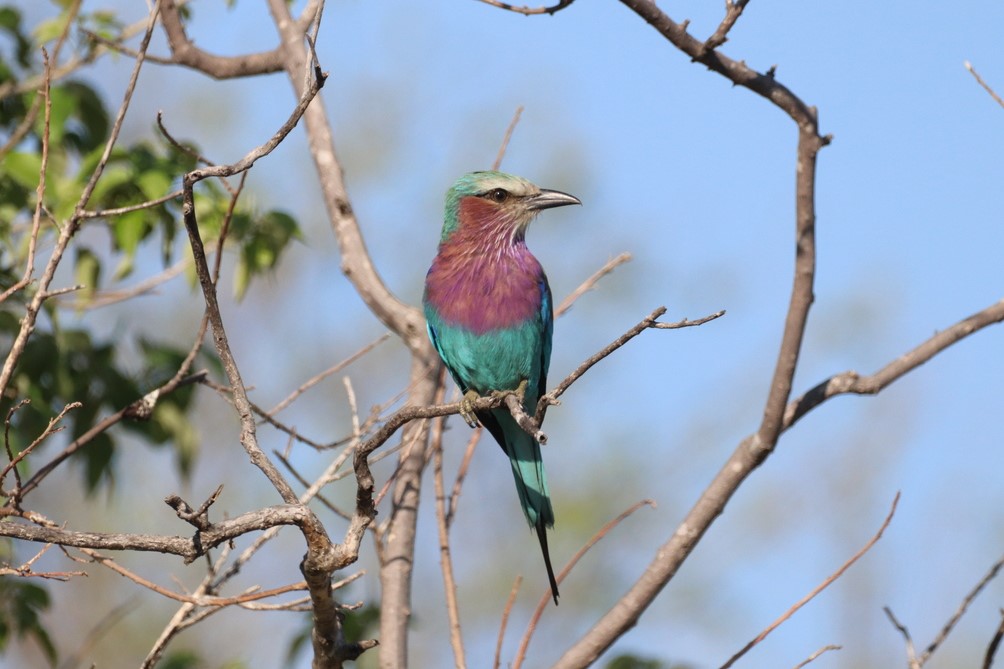

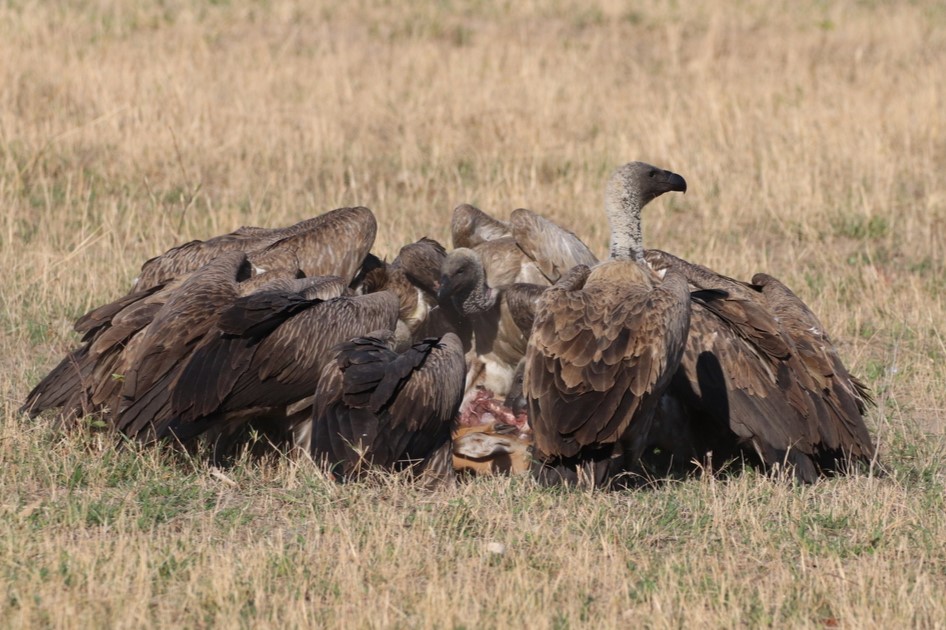

One last coffee stop within a grove of Zambezi teak trees, their branches casting mottled shadows on the bare earth below, the new growth a blend of copper and lime green. Two nights sleeping under canvas is not nearly enough, and I’d recommend a third night if possible.
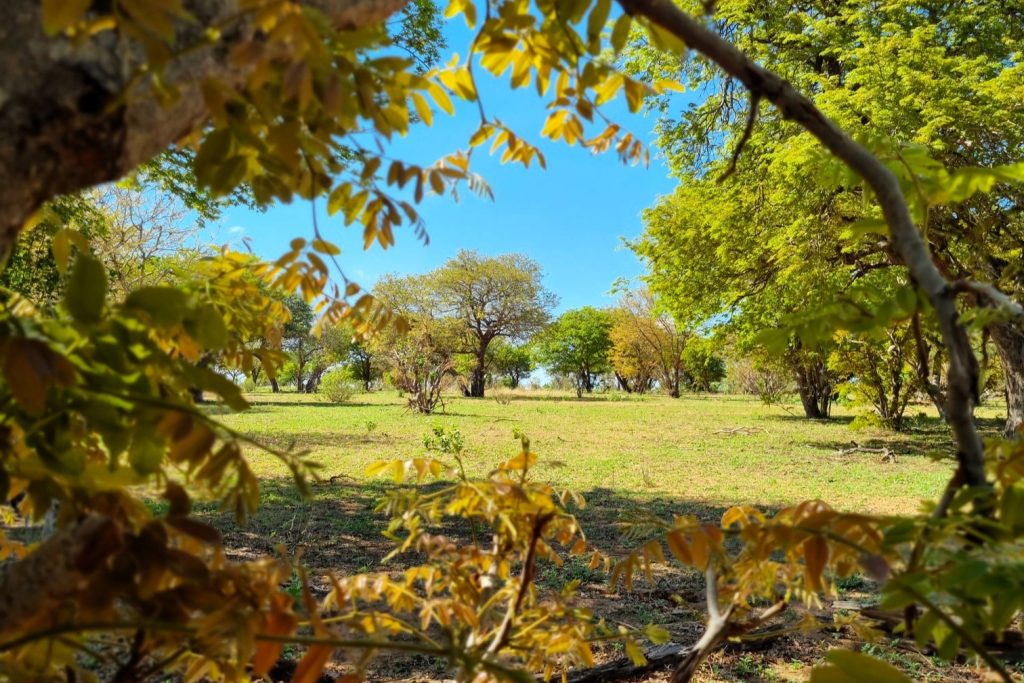

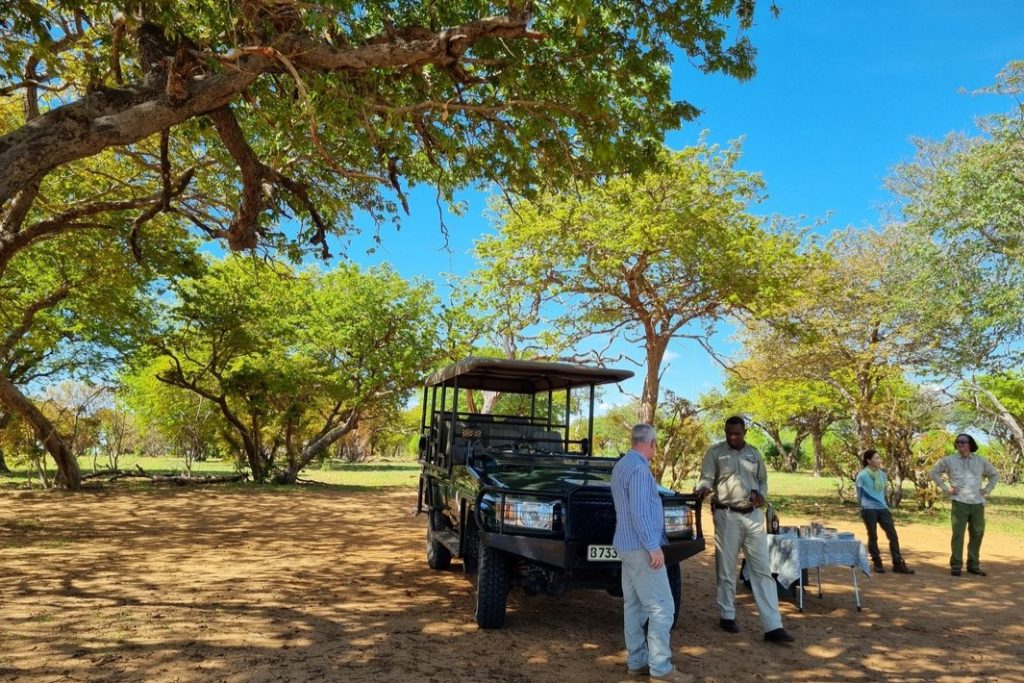

Just as we think we’re done with our wonderful Chobe sightings Caven spots a herd of elephants making their way down to the river. He positions the vehicle perfectly and we watch in silence as they lumber past us at speed, the draw of the water adding an urgency to their steps.
